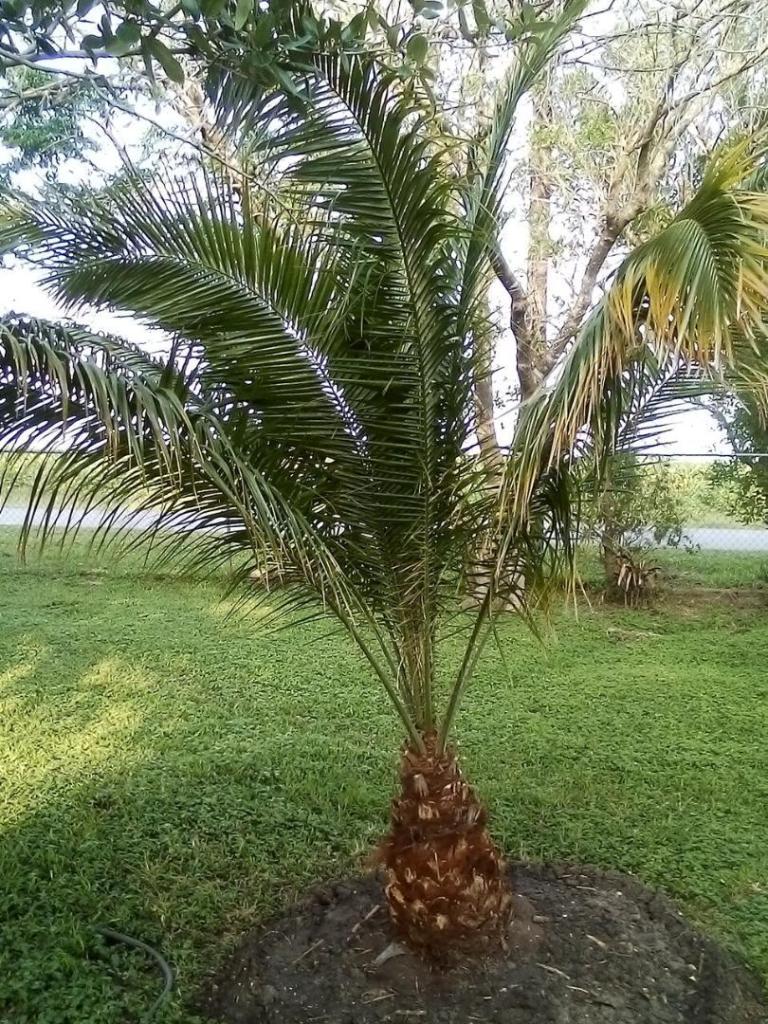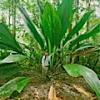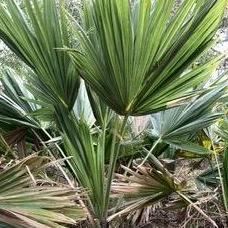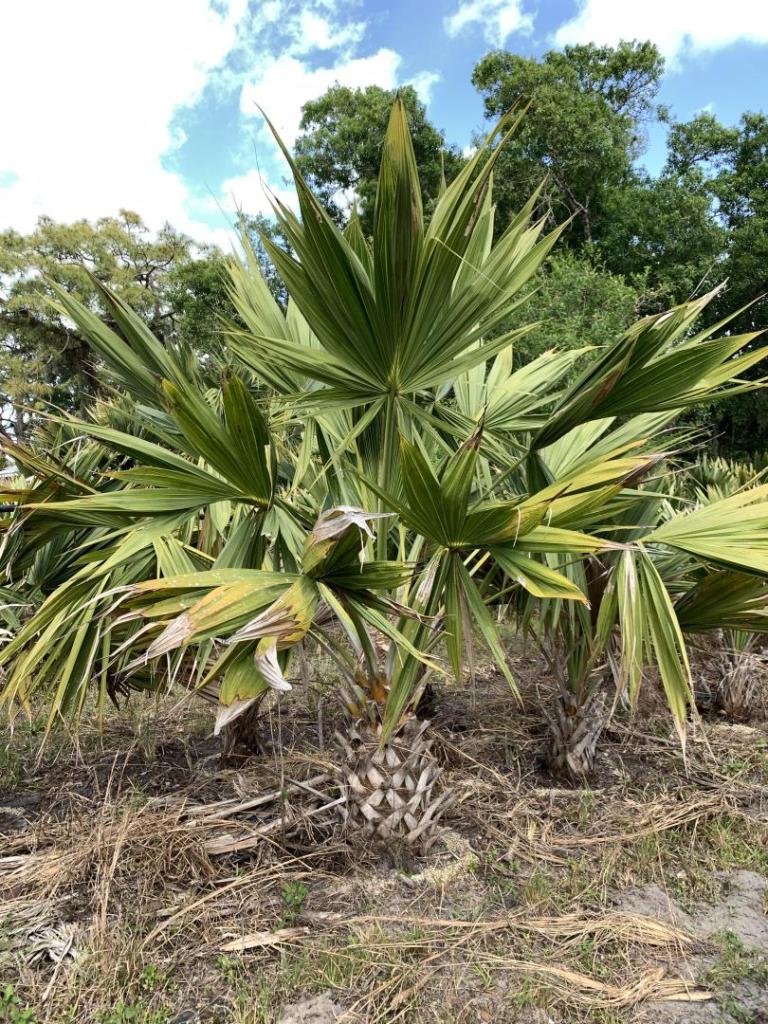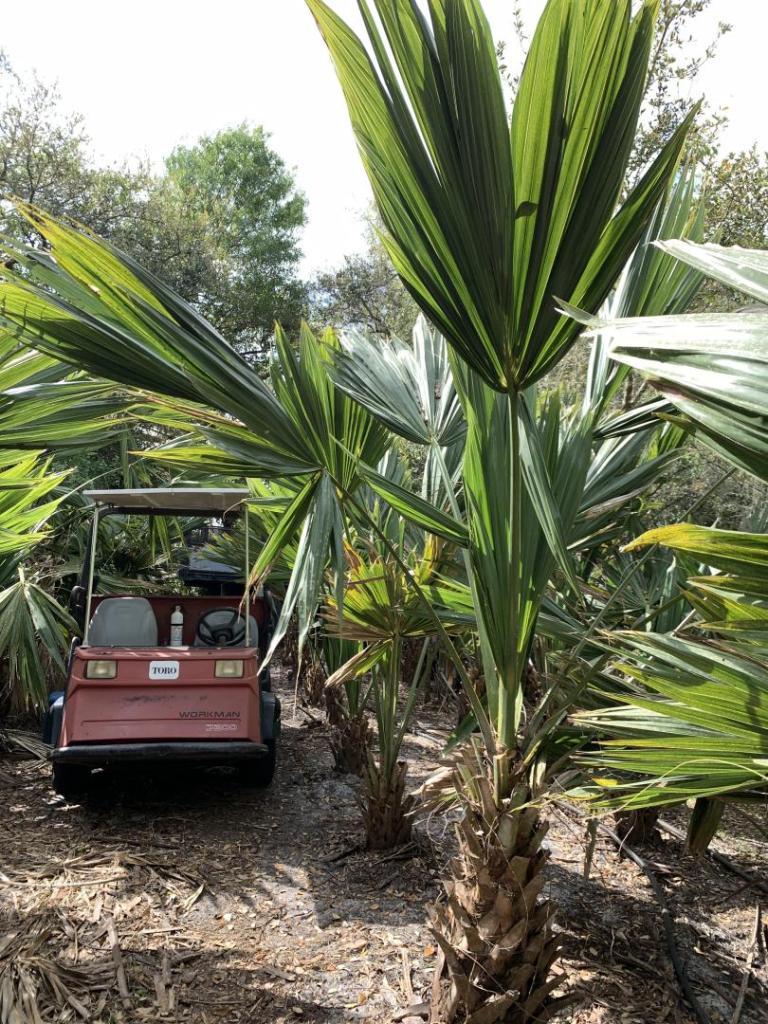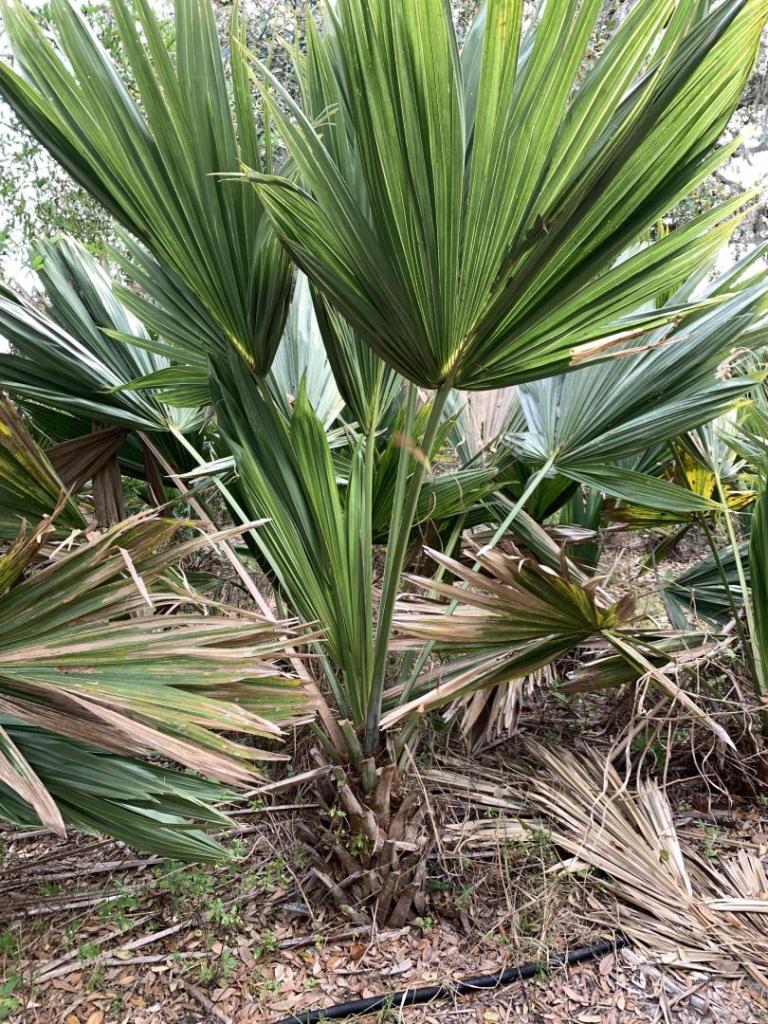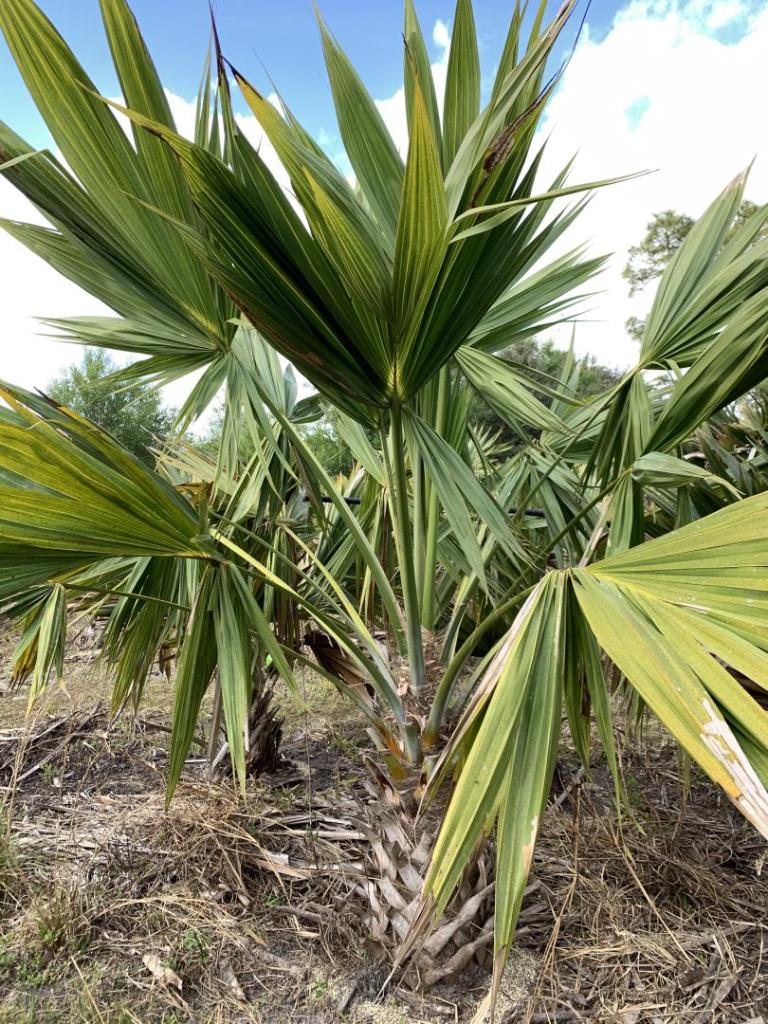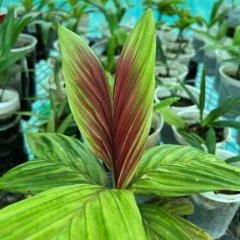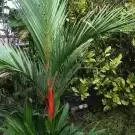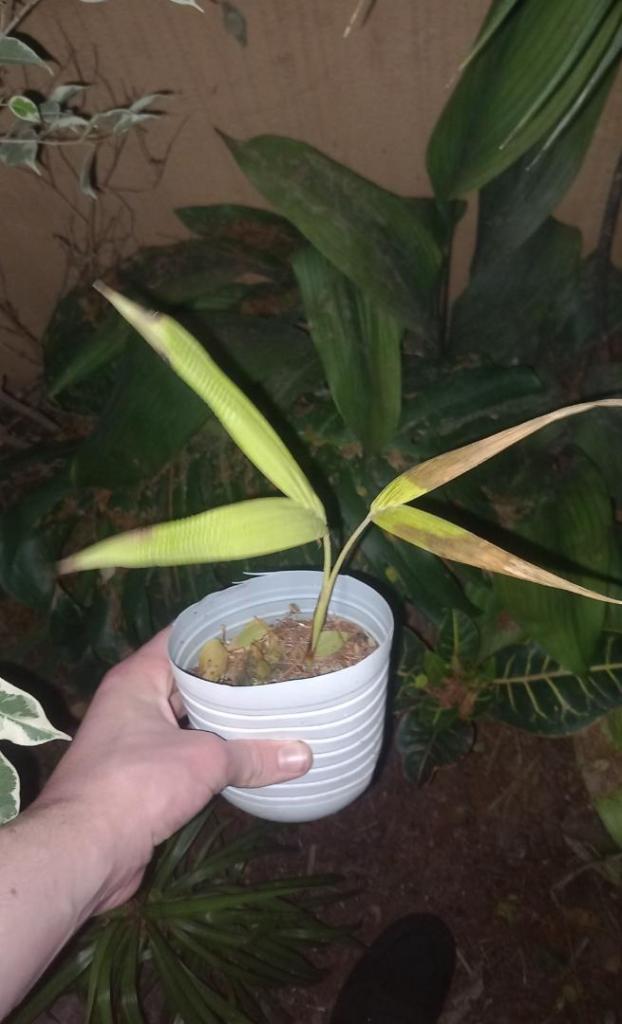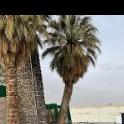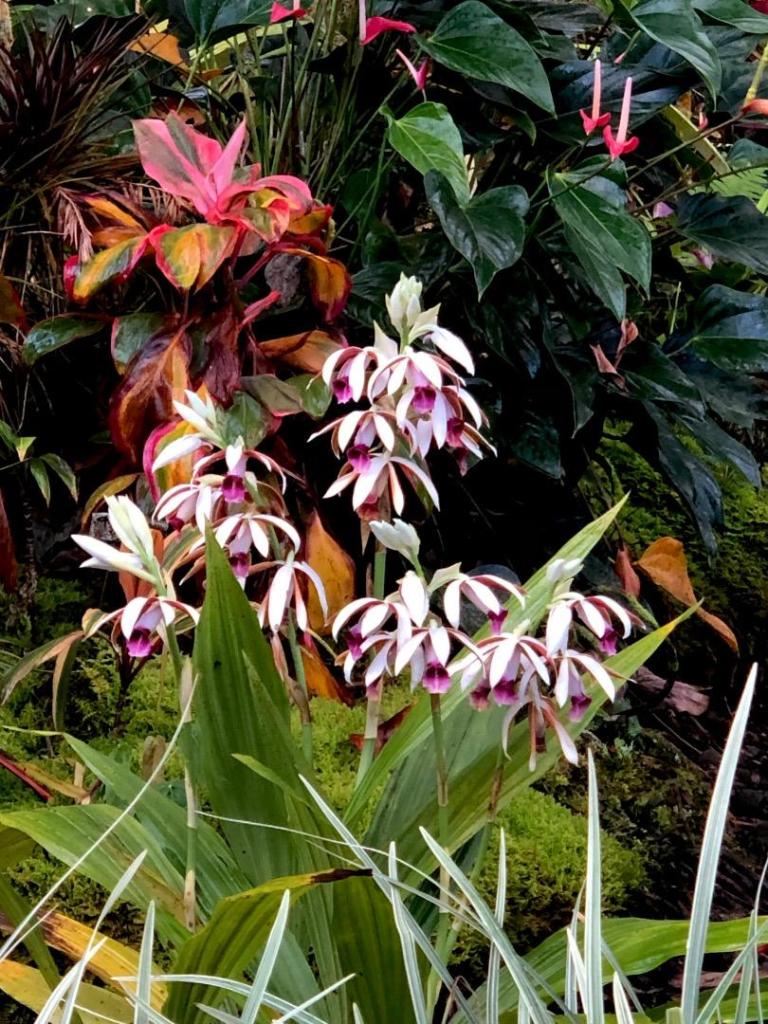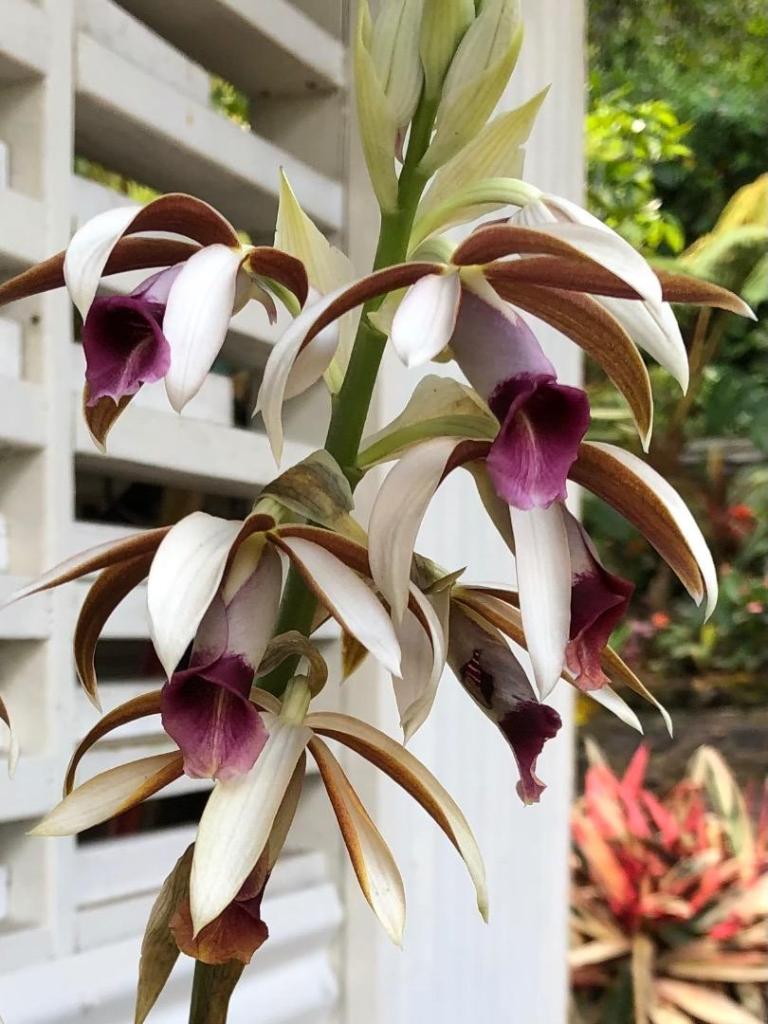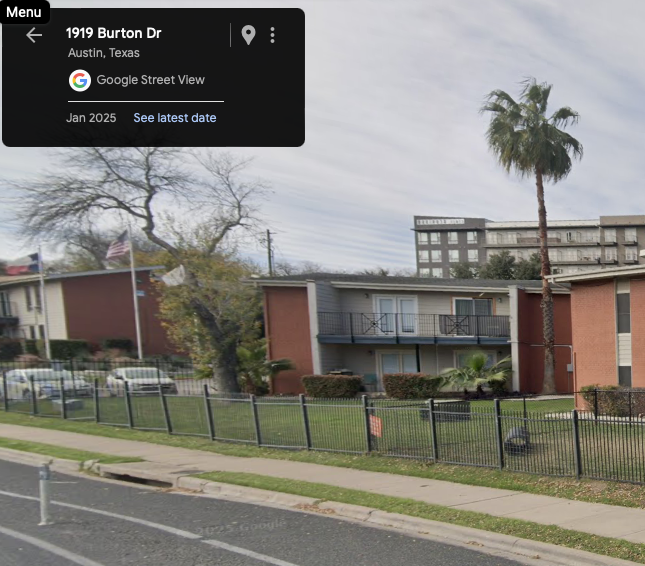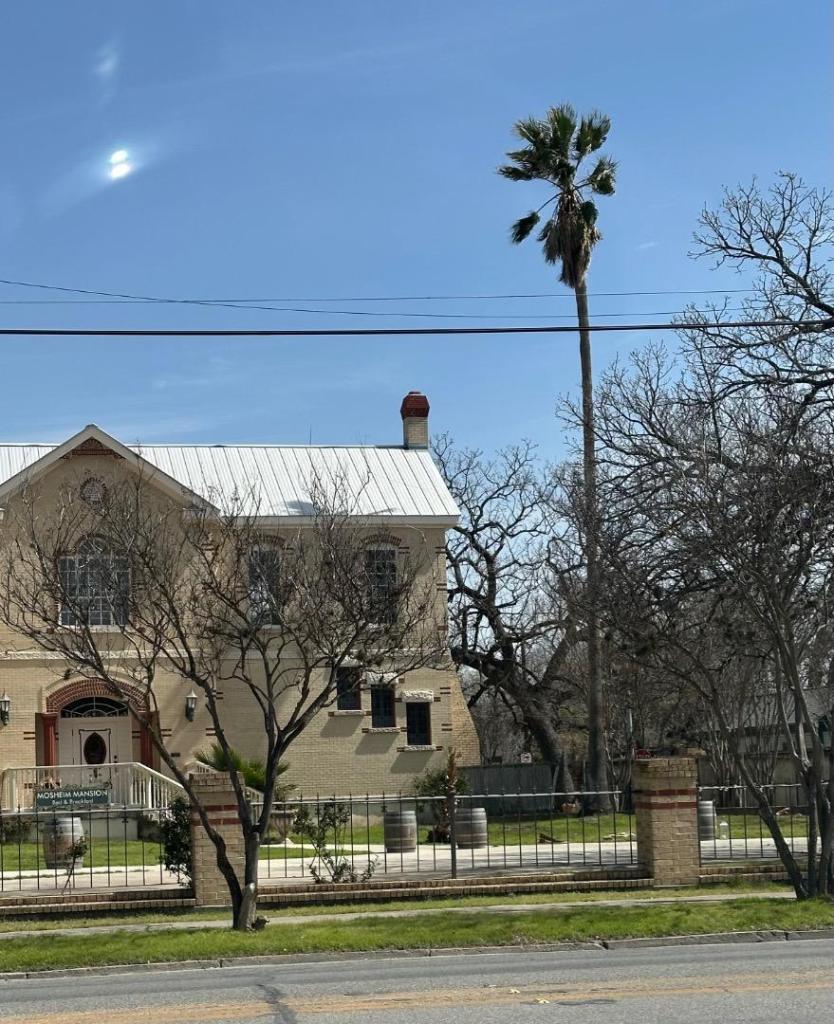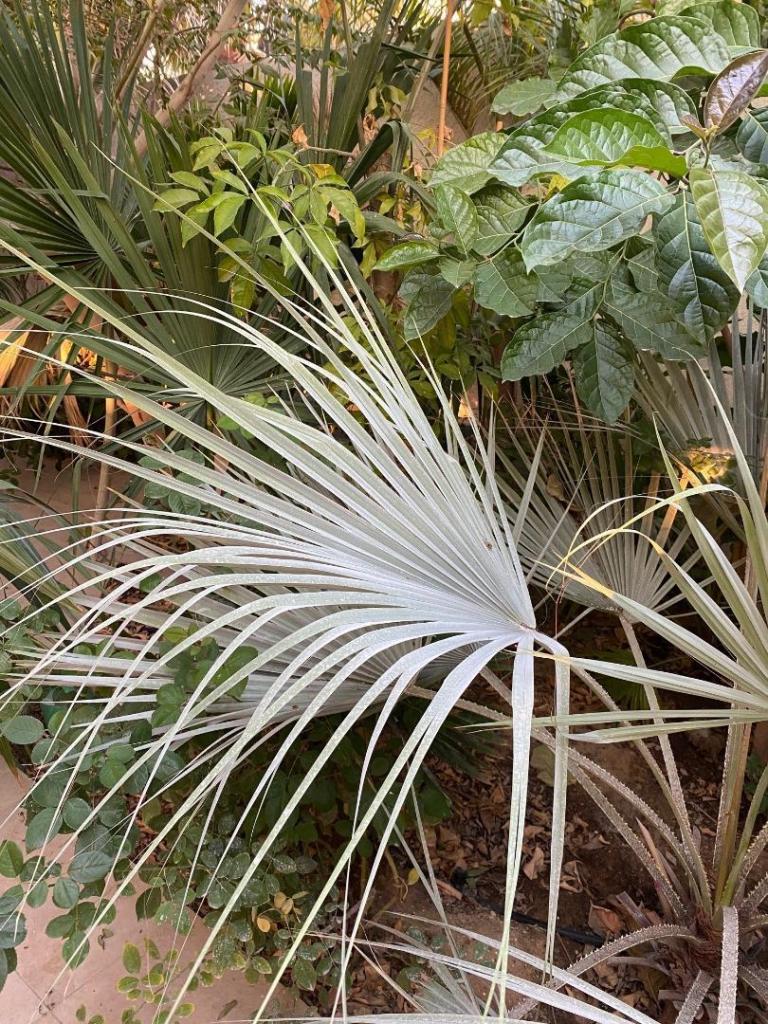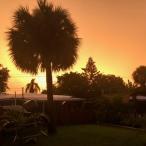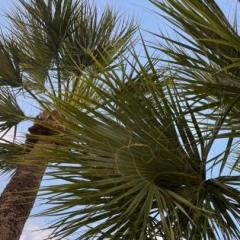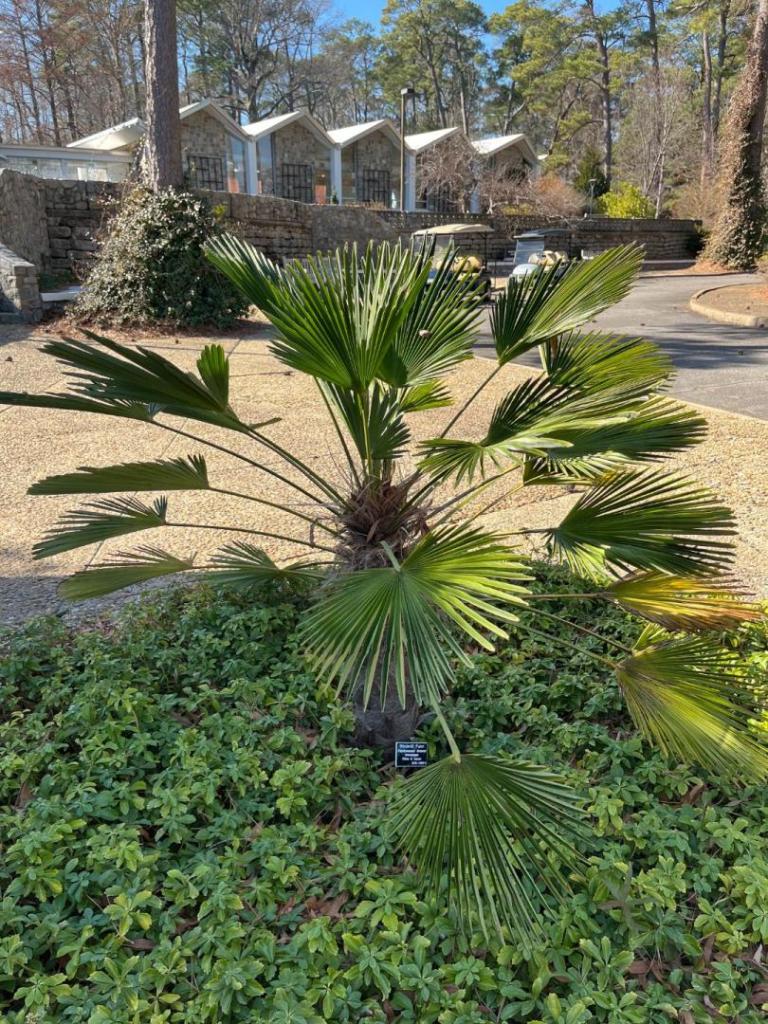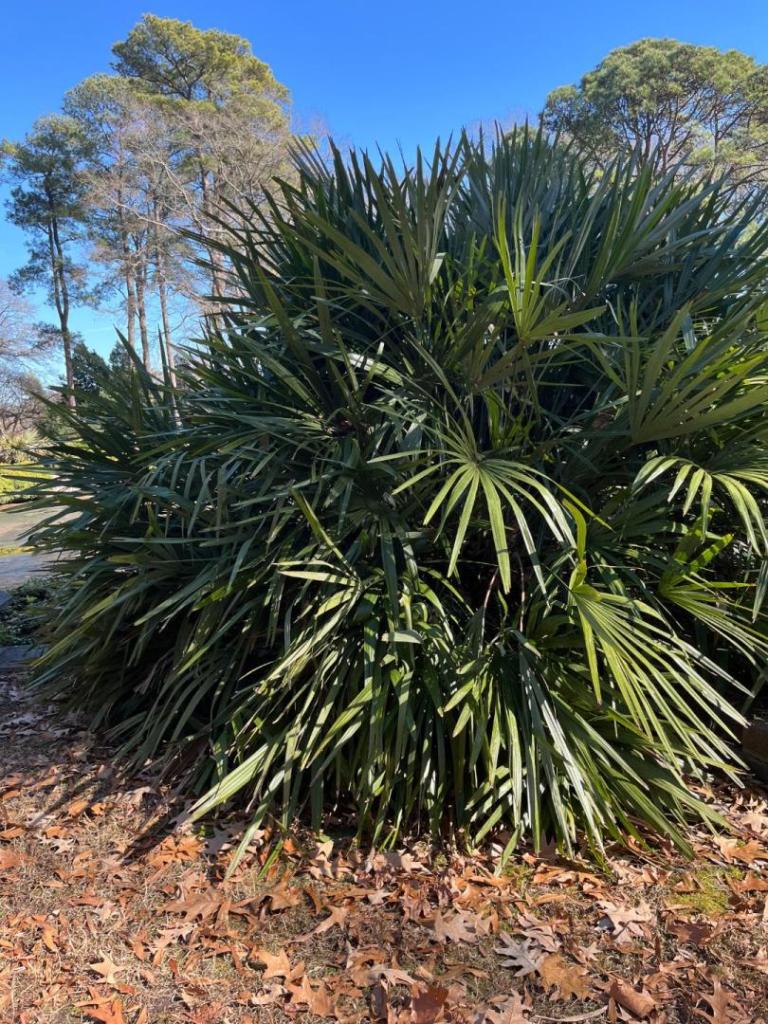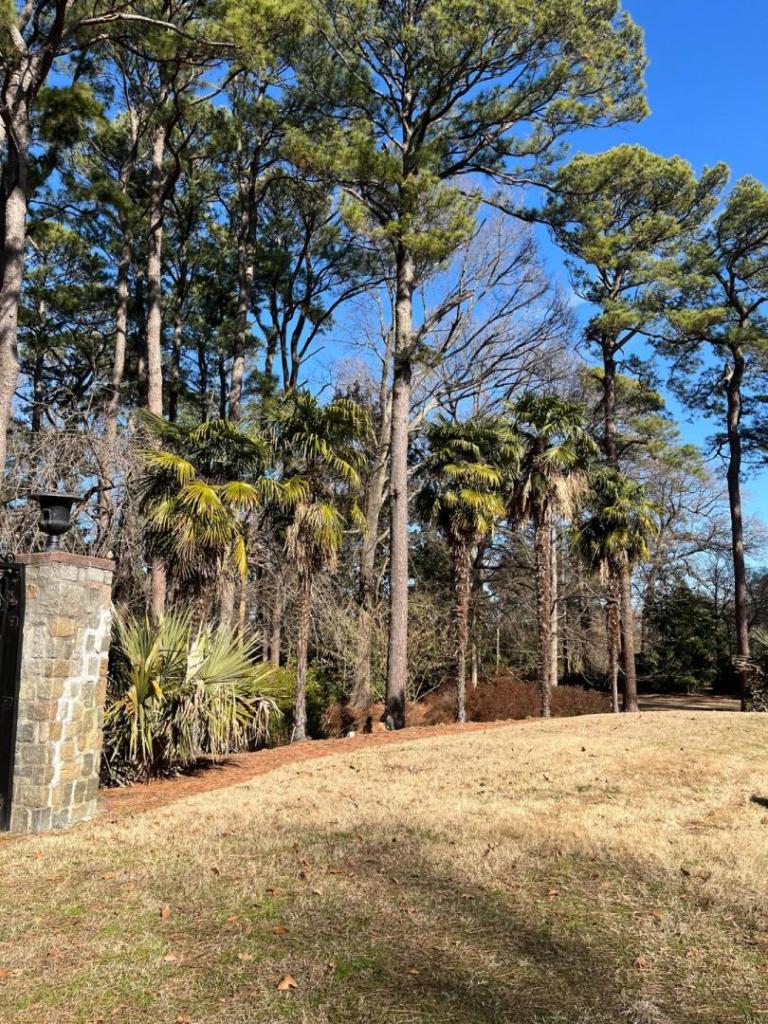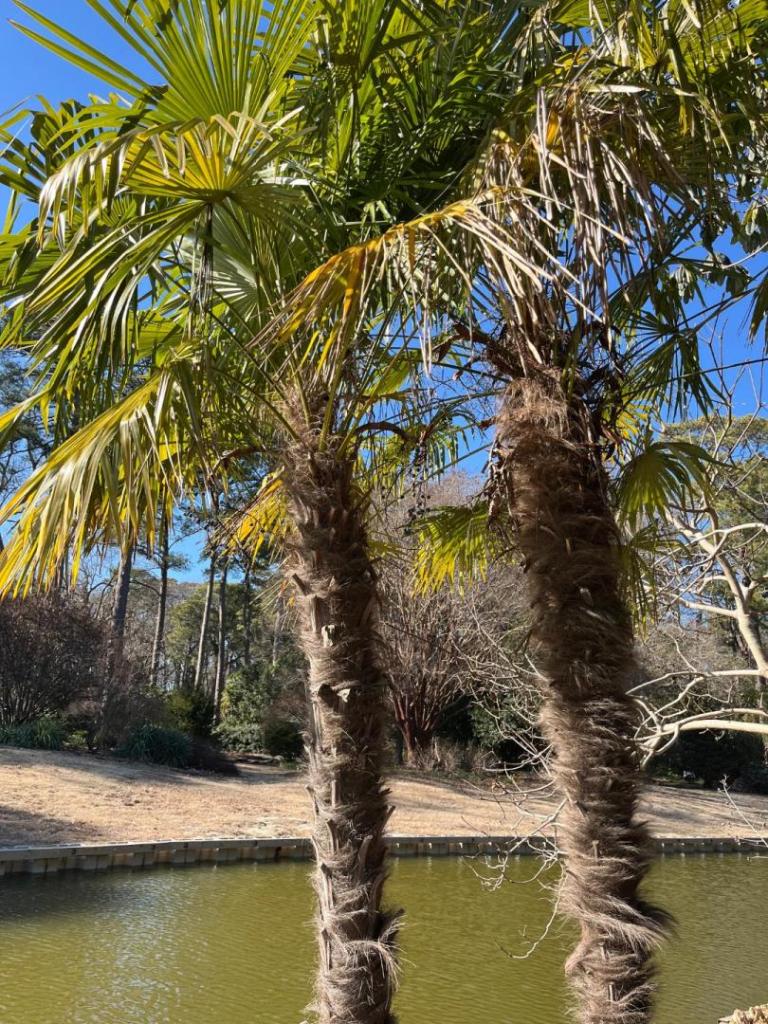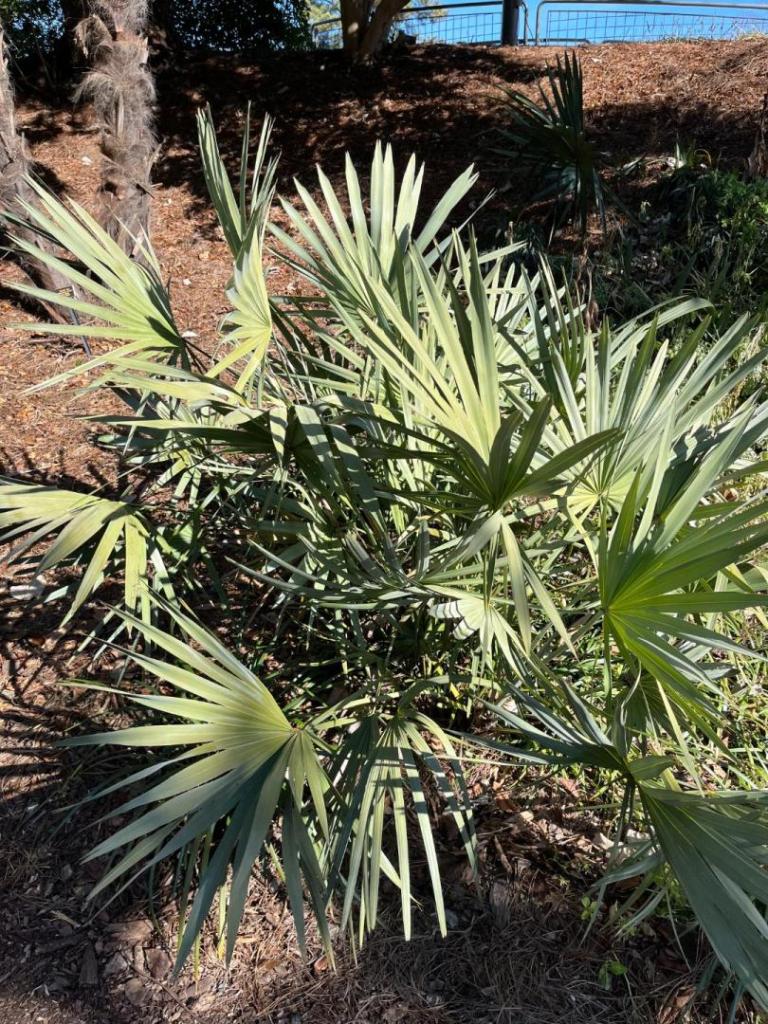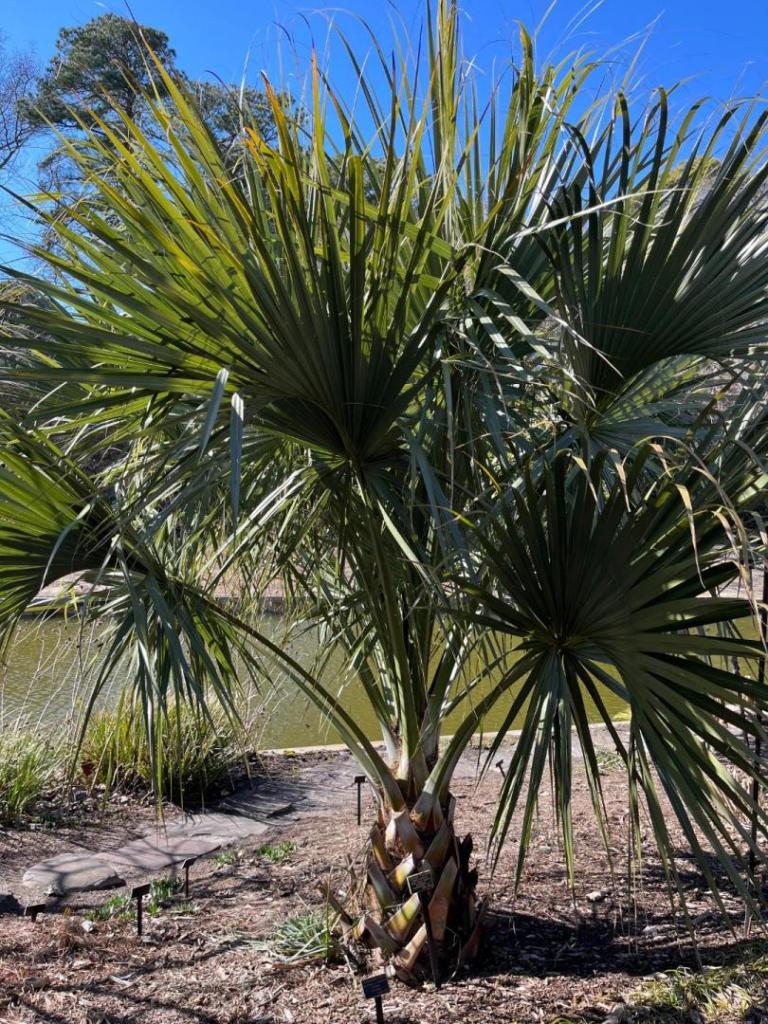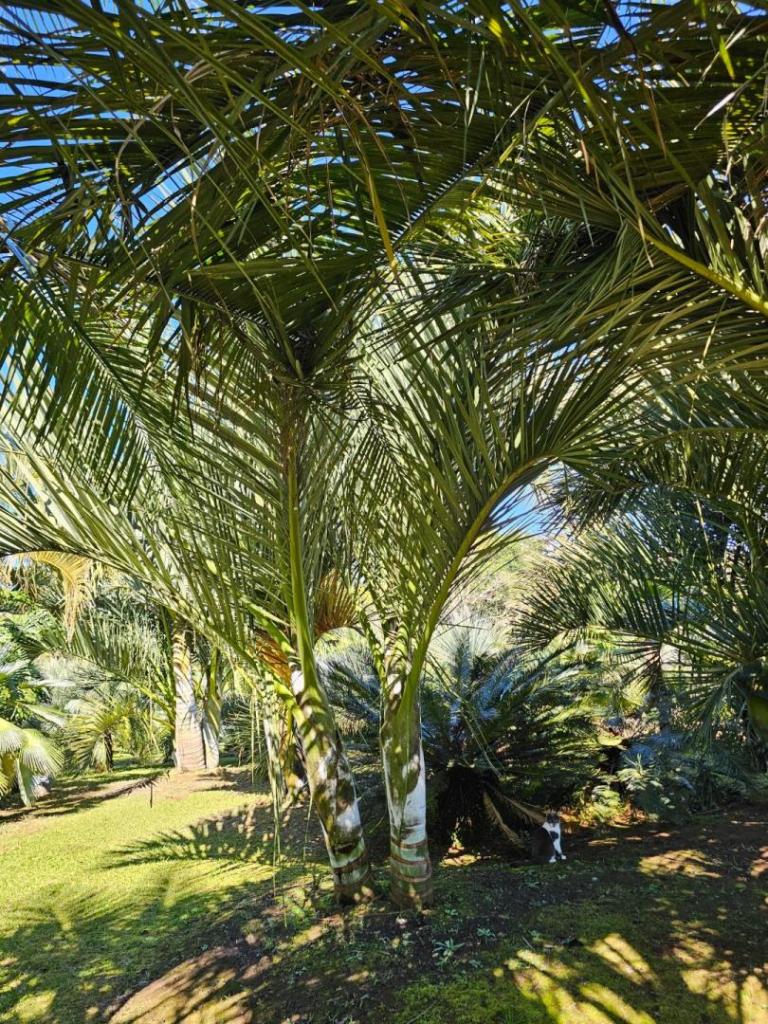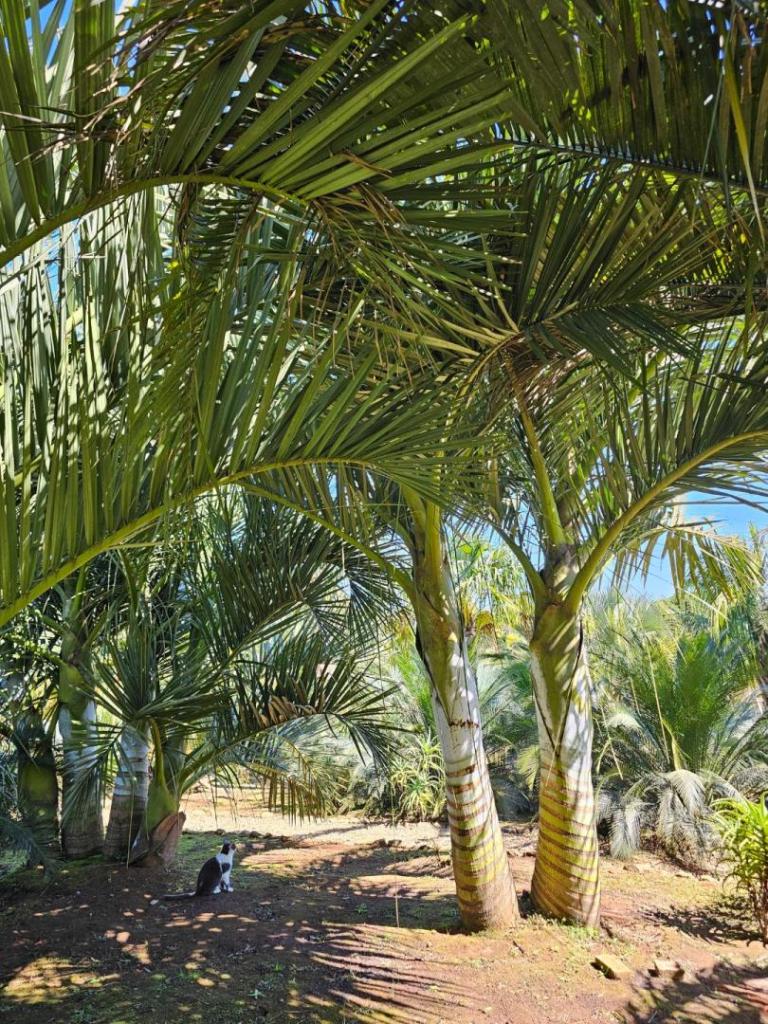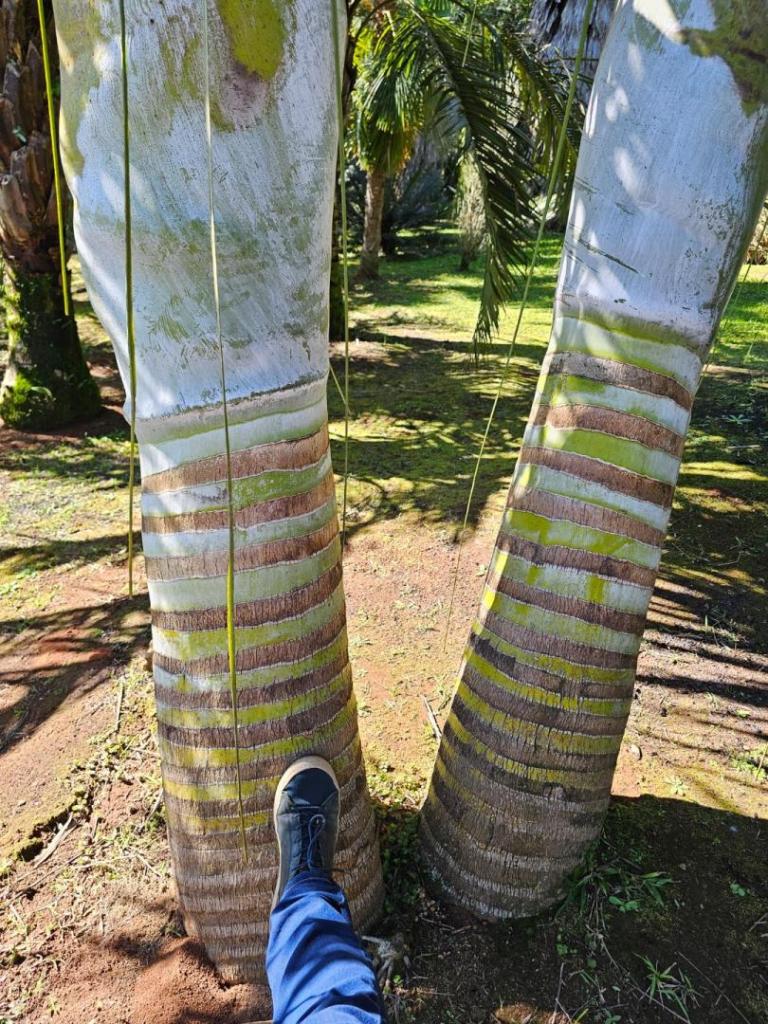Leaderboard
Popular Content
Showing content with the highest reputation on 03/08/2025 in all areas
-
Today, 18 members of Fous de Palmiers (French Palm Society) visited my Garden on their one week visit to SoFla. Two of them came all the way from the island of Réunion. I showed them my garden and plantings around my neighborhood, then we had lunch at iconic Cuban restaurant Versailles. We all had a great time and the weather was the best ever.10 points
-
7 points
-
Cyclone Alfred is certainly giving us a good soaking, with the rain gauge full overnight that’s 200mm plus, 150mm the day before and it looks like another 250mm until the next reading. I love it a complete soaking and flooded in so the world has to leave me alone for a while, exactly the way I like it. No power only gas for cooking and 12 volt for power. With no damage overnight having protection from the south east winds and the garden saving the house. A few trees down but that’s to be expected. I guess that’s one way to water the garden. Major flooding is expected in all the northern rivers catchment area, not sure how the Gold Coast and Brisbane is fairing up they had the full brunt of the wind but it’s down south that’s getting the rain. The wind last night was like a freight train non stop. I had already removed 3 big dangerous trees so I was not too worried. Now all I just have to do is sit back and relax and enjoy the rain.6 points
-
6 points
-
3 points
-
The Smashburger restaurant didn't make it, but the coconuts have. They are a little over-trimmed, but the fronds probably looked a little ratty due to the long duration of below normal weather this winter. The IDRIVE coconut looks surprisingly ratty given the ultimate low of 38F in this area, but the duration took a bit of a toll. The more cool-tolerant Wodyetia bifurcata, Adonidia merrillii, and Hyophorbe lagenicaulis species in the area look pretty good since they tolerate low temperatures without frost a little better than coconut palms.3 points
-
Very nice, I was also just in Miami last week and the weather was indeed perfect and there’s no other place in the country with more beautiful palm trees to look at. One of the highway exits north of Miami (I think around palm beach or somewhere) heading down there has a bunch of clusters of different palms and it was my favorite setup, I think bismarck, sylvester, palmetto, and two or three other varieties all planted in clusters right around the exit. Miami is the most beautiful city in the country in my opinion, I love it too.3 points
-
Phal. 'White Dream' ' V.3' AM/AOS and a pink supermarket phal. Been growing these for years. I know some consider white phals to be ho-hum; but I really like them. Years ago, I asked members of the Orchid Board what could be recommended as the best, classic white phal; this variety was mentioned more than any other. The white phal is re-blooming on last year’s spike, so didn’t attain the height it normally would.3 points
-
3 points
-
What a lovely reunion. Pun intended! Thank you so much for posting this.3 points
-
3 points
-
Hello dear members of the IPS forum. I recently went on a vacation on Zanzibar and I’ve seen some very distinct palm tree shapes. Some appear to be growing in a near perfect spiral / circle shape. I was wondering if anyone has experienced something like this and how it’s possible to shape a palm tree like this. I am not an expert nor do I have much knowledge about palm trees. I would be very happy if a kind member of this forum had an answer to this. I have attached two pictures of palms I’ve seen here growing in a circle. Any ideas or experiences are much appreciated. Thanks :)2 points
-
2 points
-
Pure robustas nobody has really planted in Dallas really since pre 2011, but robusta dominant hybrids were common up here up until more recently. The reason is, they grow really well here and you can pretty much throw a handful of seeds in a garden bed and come back in a decade and they’ll be 20 feet tall. even though they get defoliated many years, they come back quickly and are much more fun to watch than a Sabal. That’s why people continue to gamble with them even though here they won’t last more than a few decades. If we get another decade of mild winters, I’m sure we’ll see more plantings up here2 points
-
2 points
-
2 points
-
I agree with comments regarding wind chill. But that's not to say that wind doesn't affect the cold event and plant damage. An advective freeze (most common type in most of Texas) is accompanied by strong winds and a sudden drop in temperature and is very different than a radiation freeze which is heat radiating away from the ground on a clear night with the coldest temperature at the ground surface. Wind or lack of it can determine duration of freezing temperatures and whether juvenile palms are more at risk.2 points
-
2 points
-
A video I made a few months ago...it's not perfect, but it gets to the basics and to the point.2 points
-
Thanks Tyrone. Yes it's been downgraded to a tropical low. The winds were quite intense last night, blowing my staging over and damaging some palms beneath it. Spent all morning in the wind and rain sorting through the carnage of crushed palms and blown over pots. Should have laid it flat when I had the chance (lesson learned for next time). So glad I moved my rare seedlings off that staging and into the garage. House is in one piece though, which is a relief.2 points
-
2 points
-
Pretty easy plant ..if you get them off to a good start and understand their pre- germination biology ...Some at least.. Many sps from the eastern U.S. / higher elevations in the west and Mexico often require some deg of cold stratification before they will germinate. W/ all native Milkweeds, best to direct sow rather than starting in pots then transplanting ..Though some are more durable to such treatment compared to others.. Obviously, w/ out these to utilize as a food source, = no Monarchs, ..and / or Queens < Here in the S.W. U.S. > A few other " Tropical " butterfly sps that occasionally show up in various spots north of the U.S. / Mexico border from time to time will also utilize U.S. locally native Asclepias sps. when present. Ever see gold colored Aphids on Milkweed? Leave them be ..Evolved specifically to feed on it.. Won't hurt the plants at all.. 🤦♂️ Asclepias AKA: Milkweeds = Definitely not a " Pest " plant -anywhere- in the US ..Native sps esp. From the Xerces Society: https://xerces.org/sites/default/files/publications/19-029.pdf2 points
-
When I was living in Arizona in 2008, I saw a really nice p. rupicola triple at treeland in chandler. I was inspired by the curved trunks and nice green canopy. When I moved to florida I found a nursery MB palms that carried 1g size rupicolas. I liked the rupicola for its cold tolerance(26F) and its bright green foliage. It also has thorns that don't hurt you, they bend at the base of the thorn. Having been stabbed many times by my various phoenix species I grew in Arizona, I was interested in a pain free trimming process. This triple was planted in early summer 2011 and has been a slow, easy care grower. I thought it might be a permanent hedge but now it looks as if its going to be exactly what I wanted, an attractive medium height canopy for filtering hot western sun. It has fruited 3x the last one a full load of striking red fruits(sorry, no picture). The three palms grew away from each other more than any triple I ever tried, no need to tilt a palm when planting. Here is a pic taken today of the overall palm, and a close up of the trunks. just after a post hurricane Milton trim of the many(30-35) dead leaves After many of my other palms have grown tall and more difficult to view into the crown this one still gives a nice crown view. Anybody out there have phoenix rupicola pic/experiences. they would like to share. For scale, the fence is 4'.2 points
-
Awesome palms Tom! I bought this field dug rupicola in 2023. Perhaps now I have a better understanding of why it didn't survive a full year for me in alkaline soil during a hot drought in spite of adequate irrigation. I don't think it was 100% pure since the thorns were fairly rigid. Interestingly last year I planted one that I grew from seed and it's doing fine - no damage at 27°F.2 points
-
New Palms for the Spring Season We are ringing in the Spring season with a brand new price list, new palms for your nursery / garden, alongside our extensive list of rare and exotic species. First we have a restock of Kentiopsis piersoniorum (pictured above). This New Caledonian beauty adds a dramatic flair to any garden and is sought after, and Floribunda is one of the only places you can find it, available now as seedlings for $25.00. We continue our New Caledonian theme with Cyphophoenix nucele, a palm that has a beautiful white crownshaft and upright leaves, available in 4in size for $8.50. Basselinia glabrata is an amazing talking point in the garden, with its interesting stacked inflorescences. These are available as 1 gallon sized plants at $20.00. Hailing from São Paulo, Brazil, Lytocaryum hoehnei is endangered in the wild, but you can help preserve or distribute it to add it to more gardens and preserve this beautiful species. Seedlings available now for $4.00. Reinhardtia latisecta from Central America has amazing wide leaflets and beautiful inflorescences. A wonderful clustering understory palm for warmer climates. All this and more are on our new price list, enter (N) into the search to filter out the new items, but don't forget to explore the rest of the list for old favorites! We also have the trunking cycad Lepidozamia hopeii available in our cycad section! https://floribunda.xyz/pricelist1 point
-
I’ve have the pleasure of undertaking the task of caretaking a felid of Sabal Palmetto I never dreamed possible around 25 years ago another farmer named John planted his field with 25g mutant sable palms trees. I’m almost positives introduced to him by a man that worked for him at the time.Mr Robert R, will call him for short. So if you know the story already, the trees known today as Sabal Lisa (named after Robert’s wife Lisa) a dwarf stiff mutation of the Sabal Palmetto. A tree I never knew anyone would have spent the time to plant a field of. Well they did!! I heard a field existed so hunt for them I did, With no expectations of course. Believe it when I see it, I told myself. Well I’ve had people tell me story’s before in moments of there own discovery, as “shaking in my boots” well shaking i’m by boots I did!!! Ask my son who was with me at the time. What’s wrong dad said Eli like Oh nothing son trying not to hug the trees and cry like a woman at the adoption clinic. I said let’s adopt all of them!!! Ok he said, not knowing what the big deal is. shrugged his shoulders and walks back to the car. I actually looked up to the sky and said something at that point “please God” Well long story short adopt i did? And now I’m broke!!!! living in 1980 school buss in that field. My background is exotic garden design and plenty of them i’ve done. Burnt out on vanity gardens for people that don’t know the difference's from xmass palms to a Kentiopsis. I took the dive it’s quite a transition. Now i’m another broke farmer named john. Sill no less exited, I haven’t had to answer the phone! So far i’ve got some iron water to come out of the old shallow well in the middle of the field and decided to sub irrigate the trees putting slow release down and root pruning. It’s my understanding form other nurseryman and my own personal stupid decisions like digging sable minors in the winter. It’s best to wait till march. Well here we are!!!! So this week end I made a redneck sign sat in a red neck town and tried to sell them on the side of the road? No one stopped to ask how much but i’m glad cuz they would have lift faster then they showed up. It’s a hard sell 6’ at 500.00 bucks even though it’s a good price if you don’t know what it is or the story behind it a hard sell. So here I am reaching out the the palmtalk group to ask for help to continue the research of this little little known Palm Named “Lisa” Please help another broke farmer John feed the trees (and himself) call 9413909071 or e-mail swmpcablive@icloud.com for more info. Thanks John G1 point
-
The palm in the picture is a Phoenix robellini. Very common and an easy grow. Yours looks to be doing well.1 point
-
1 point
-
I wonder why people planted Robustas in Dallas to begin with. Their usual northern most long term area is Austin or College Station. But wow. That one fought hard.1 point
-
Thank you. ....and yes, that is true about matter, you are right. And I've heard that theory. I think I look at it kind of in a way like a cold-blooded animal, but in a plant sense in their world under their rules. At the end of the day, plants can't regulate their temperature which means they are highly influenced by the ambient temperature and factors in their environment.1 point
-
Possibly lack of humidity, overwatering. Looks like a fungal situation to me with the soil. How cold have the temperatures been?1 point
-
So I left a seedling in a pot outdoors in a pretty protected area, surprisingly it survived, and it's not looking too bad, not a lot of difference with the greenhouse grown one. So I planted it in the ground with another one in a sunnier spot. Would be really cool to grow these outdoors here. Will send a picture of the plantings. It is a new area that I cleared out, and I will plant more stuff too. <Let's see how long they'll last.1 point
-
@CascadiaPalms palms do produce heat. All matter does. Cold is only a theory. Or better stated, "there is no such thing as cold, only the absence of heat". Absolute zero(absence of heat/energy) is only a theory. I liked your video!1 point
-
All the best over there. I think it’s been downgraded to a tropical low but centred just north of north Stradbroke Island, so at least wind strength has weakened, but the rainfall will be very intense for a good while. Lots of power outages reported.1 point
-
Would have to see the entire plant / leaves / any flowers itself to be sure, but, yes, could certainly be Araujia also ..If it is growing in his local botanical garden.. Seeds / seedpod similarity to Milkweeds = same family / tribe as Milkweeds ( Asclepiadeae ) but different subtribe than Asclepias itself ( Araujia = Subtribe Oxypetalinae ) A side note: Aside from Asclepias itself, Overall family contains numerous native " Vining Milkweeds " here in the U.S. / Mexico: Funastrum, Gonolobus, ** Sacrostemma / **Cynanchum, Matelea, Vailia, Marsdenia, etc.. Monarchs / Queens / other Butterfly sps in Mexico use some of these as larval hosts also. None are " weeds "1 point
-
1 point
-
1 point
-
1 point
-
Konstantinos, they are doing great here, one of the best species to grow, I have 3 in the garden, I like them so much and they don't need any care1 point
-
You have to observe the spines. Spines of rupicola bend and do not spread much at different directions. For me it is pure rupicola.1 point
-
Hi Scott It has indeed, although I'm very conscious that any damage might not present until later in the spring. I haven't protected any of my palms this year. I have a Brahea Armata and 2 strap leaf Butia O x JC F2 that I've kept in the conservatory, but everything else has been tucked down the side of the house, where they're less exposed to the cold. I'm in a low lying area in the SE of England. This winter hasn't been too bad, we've had quite a few cold / frosty nights, however the lowest it has got down to is -4 degrees C. We haven't had any snow, but we have had plenty of rain to compensate.... The last week or so has been much brighter, and although frosty at night the day time temps have been creeping upwards to 10 - 12 degrees C. There's no signs of growth yet, but I'm hoping things start to pick up over the coming weeks. JC are fantastic palms, but grow very slowly in a pot!1 point
-
1 point
-
@Scott There also several Jubaea near Roseburg that are over 30 years old. Only concern about growing Jubaea in the Rogue Valley is summer heat. Many have said Jubaea don't do well in high heat, however there are several huge tall old Jubaea growing in Vacaville, California, which has hot summers. https://palmislandnursery.com/1 point
-
1 point
-
Since moving here about a year ago, I have really paid close attention to the way that things here are climactically, and I have found things interesting. First - this may be one of Earth's wildest climates in terms of extreme temperature swings when the cold fronts make their way down off the plains. It is the only place that I have been able to find where even the hardier natives are frozen to the ground with some regularity (every 50-100 years). Presumably this could also be true in central FL but I haven't found any conclusive proof that it has happened. Would love to hear from some people who have been there for decades. This includes Lucaena pulvirulenta and Cordia boissieri. Some more tender natives, like Solanum erianthum, freeze to the ground every few years. Second - this is one of the hottest (on average) places in the country. Average winter temperature in January (the coldest month) is right around 63F, which in line with Tampa, FL January average temps. Average temps are even higher here than Phoenix, AZ in May and October. August median temperature is right around 87. Third - this is one of the most humid places in the country as well, despite receiving comparatively little rainfall (although this varies wildly). Because of our influence from both the west and the gulf, we have had years of rainfall as little as 9" (an average Phoenix year) or as much as 60" (an average year in Homestead, FL). Average, however, is approximately 25-27", which is enough to keep us out of a semi-arid climate classification, but is comparable to many monsoonal climates in the Sahel. Despite this, our average relative humidity is approximately 75-76%, compared to 73% in Miami. Fourth - heat and peak temperatures. We have seen 95F in every month of the year, and 100F in 7 of them. Peculiarly, the two hottest all-time temps were recorded in March and August, the only warm US city I can find with comparable March and August peaks. Absolutely fascinating place. Glad I came here and it's making me interested in the weather.1 point
-
My policy is if I give something away I give it away without strings or caveats. You can’t control what other people do so why worry about it? If you want to give something to someone give it freely and once it’s gone it has nothing to do with you anymore. I also hate to see anything that can’t easily be replaced or rebuilt go to waste. That’s not what happened here though.1 point
-
1 point
-
1 point
-
The pioneering Los Angeles nurseryman, and fourth president of the IPS, David Barry was tasked with selecting the foliage for the legendary Beverly Hilton hotel. He had received about 1000 Jubaeopsis caffra seeds (by boat, no airmail then) in the early 1950s. However, he was only able to germinate three! These were planted at the Beverly Hilton around 1955 These legendary palms, now 70 years old, are believed to be the oldest examples outside of South Africa. Two clumps remain, one with three stems the other with two. The leaves are over 20 feet long. The trees have produced fruit for several decades. They appear remarkably healthy despite continuous ongoing construction on the property Photograph taken today in Beverly Hills:1 point
-
Call me crazy but I still like all my Trachys. Considering I moved from a 6B where I couldn't grow any palms without protection I consider myself lucky.1 point


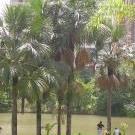


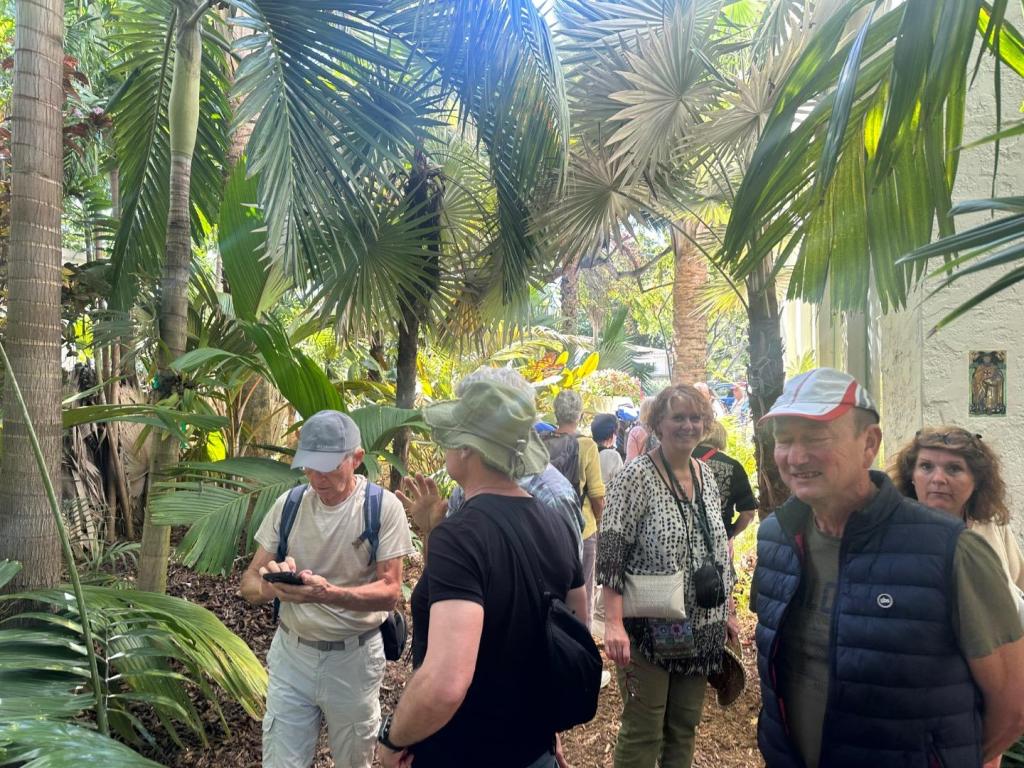

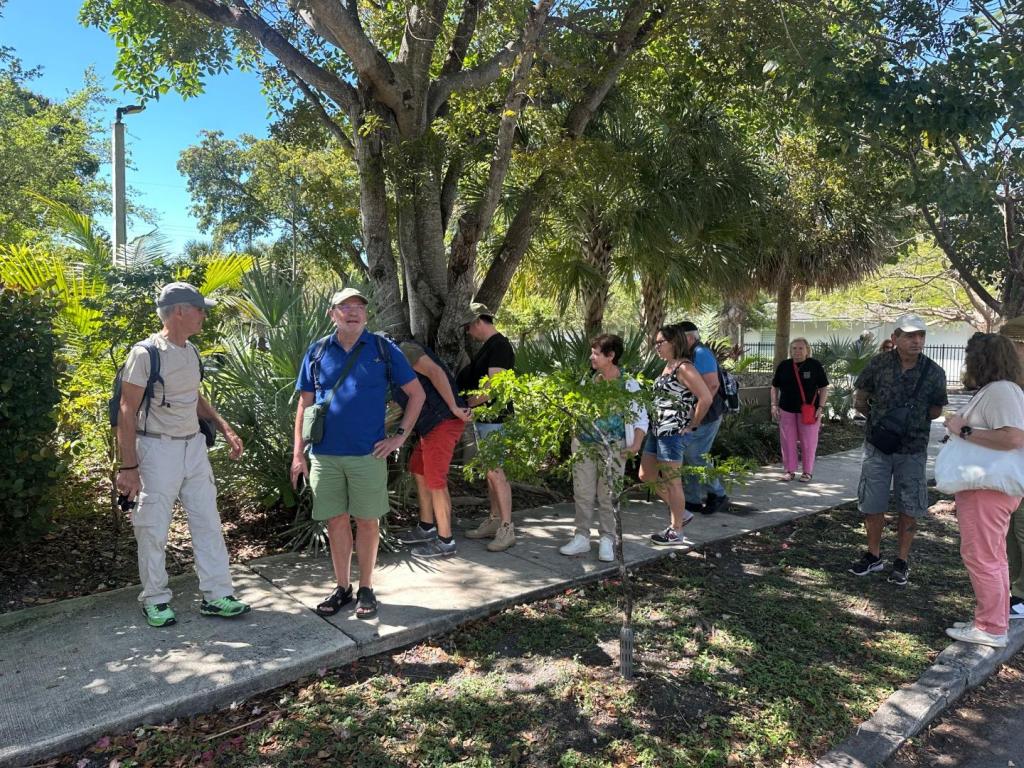






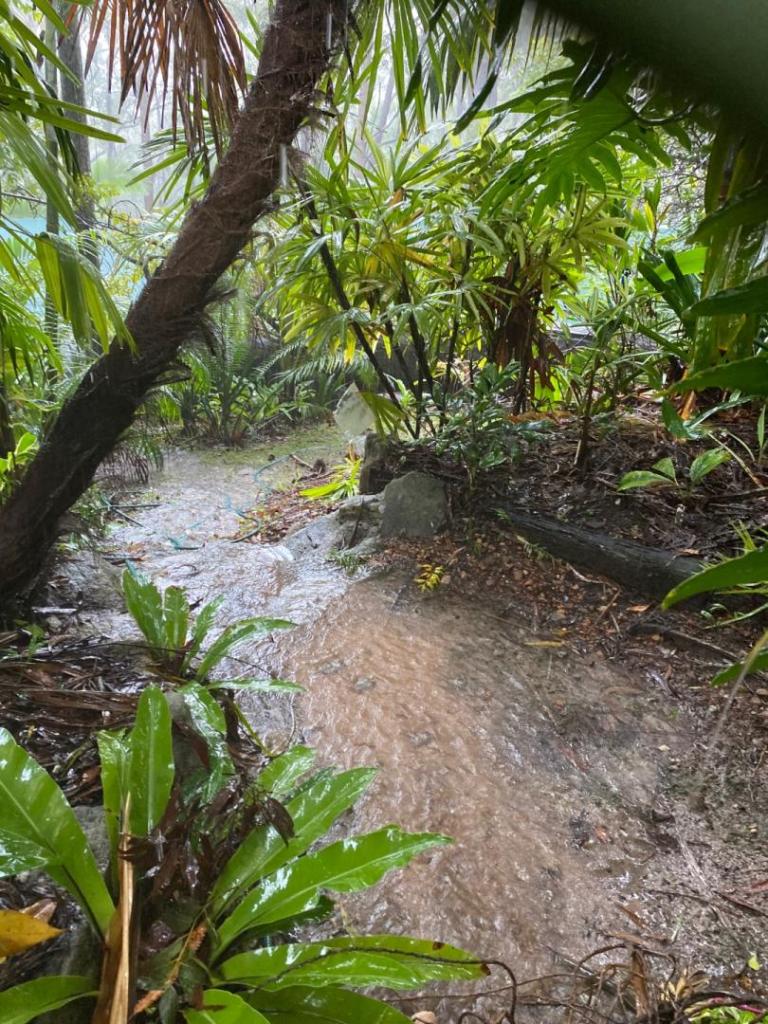
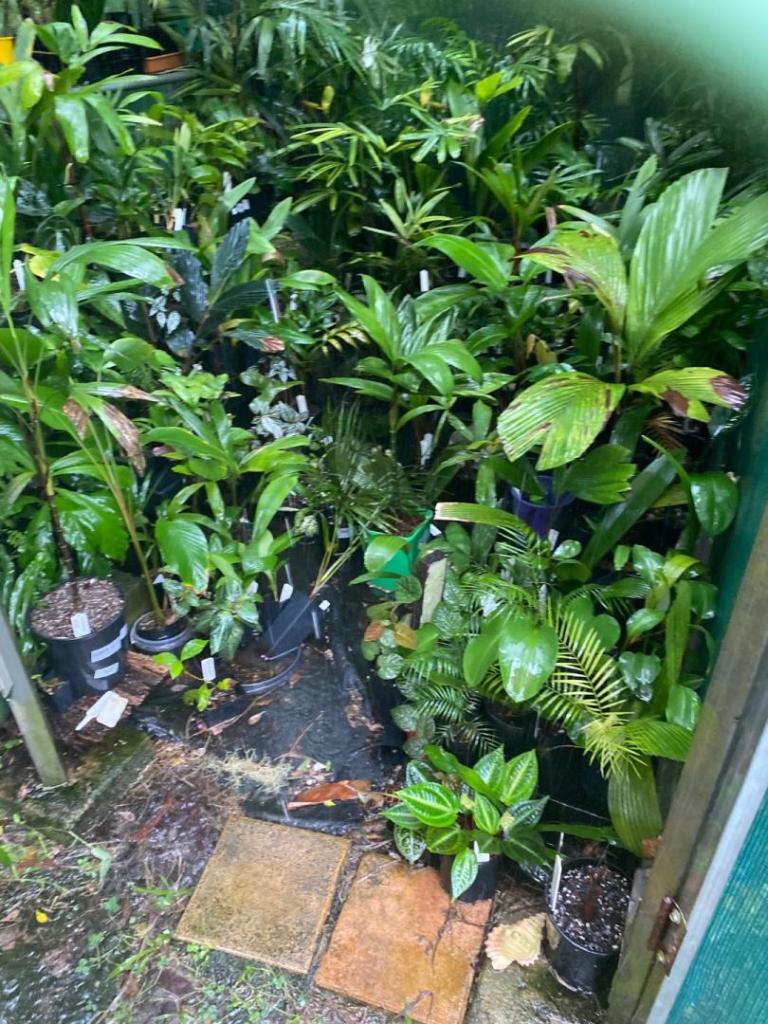





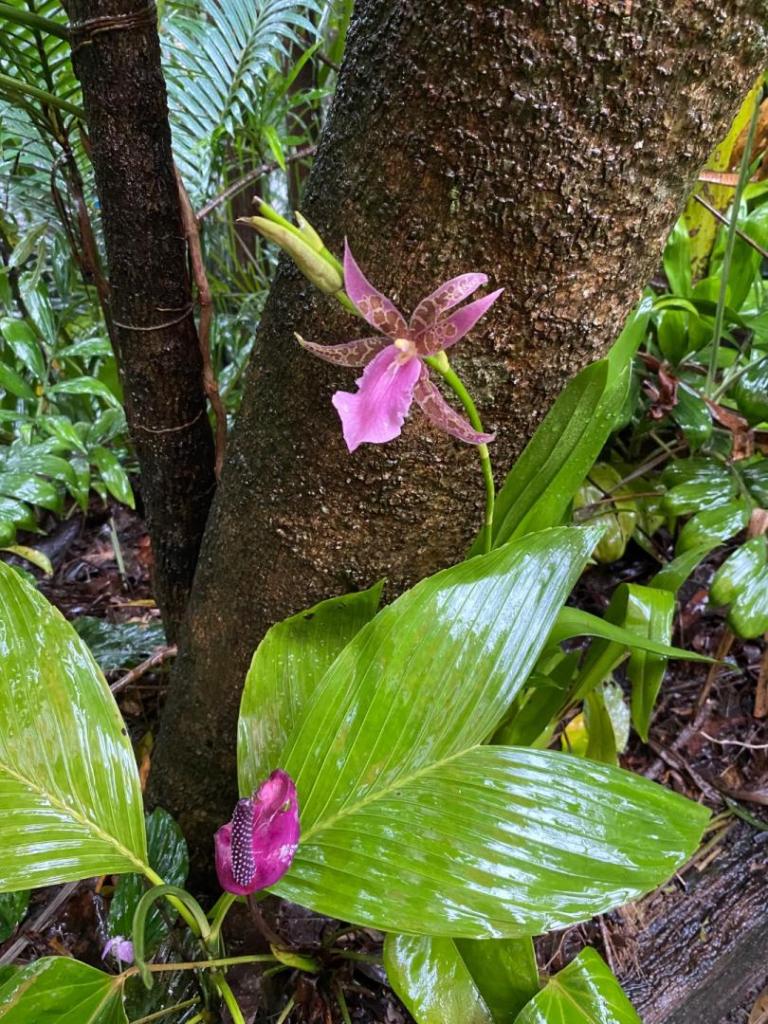

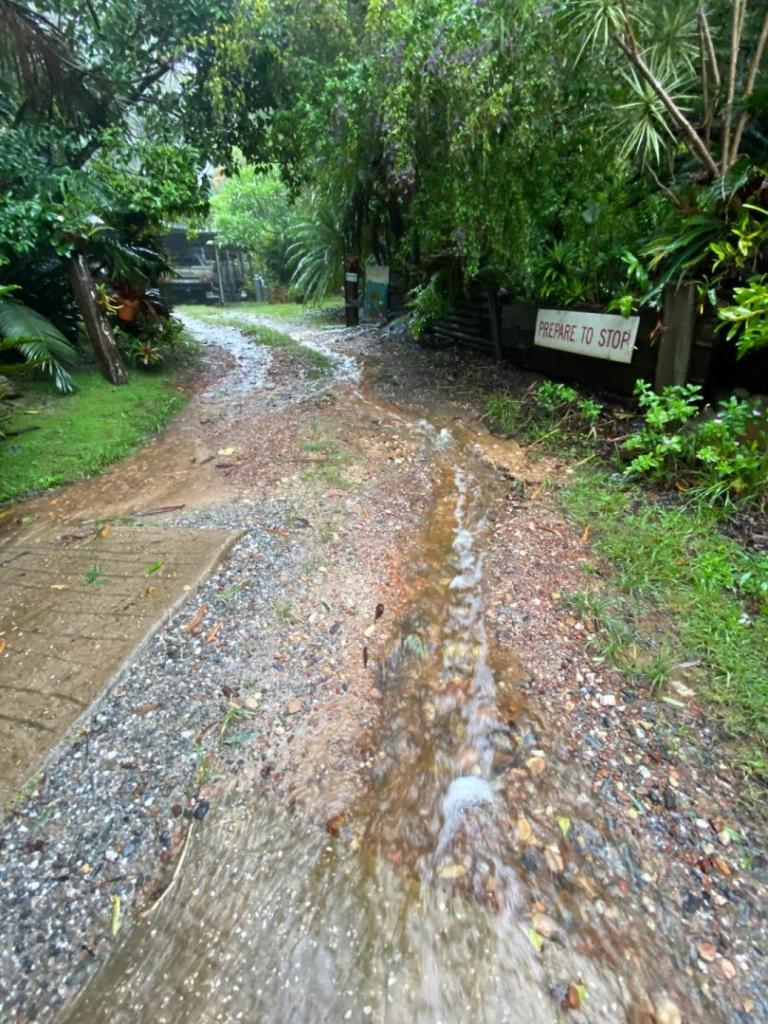




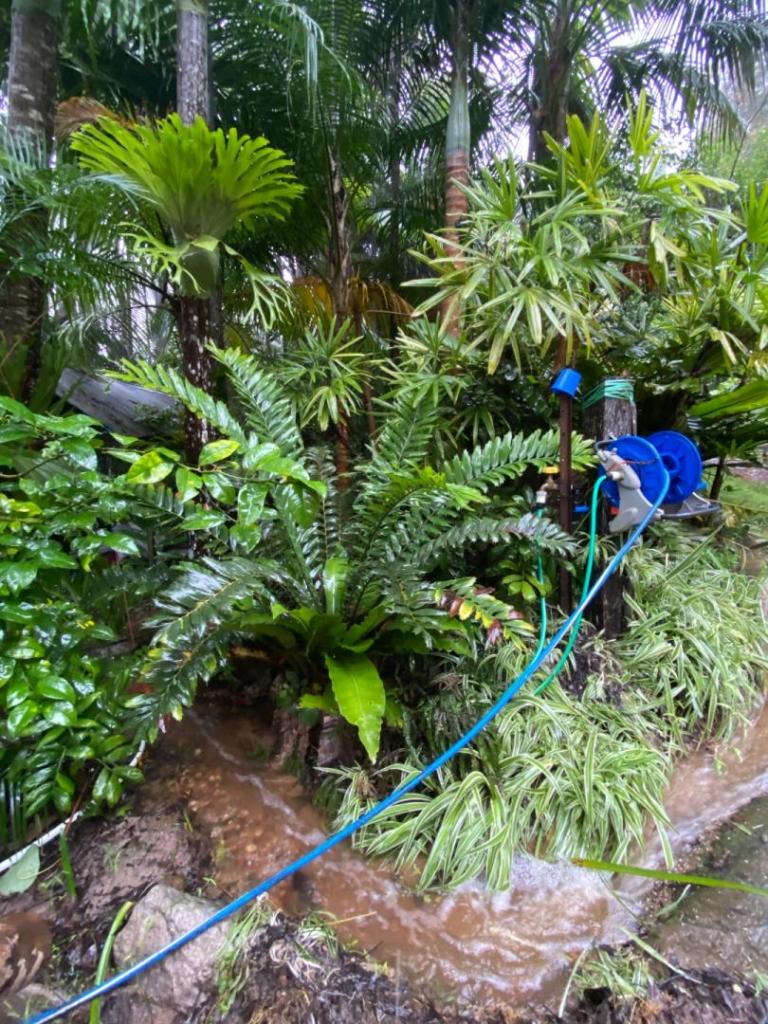

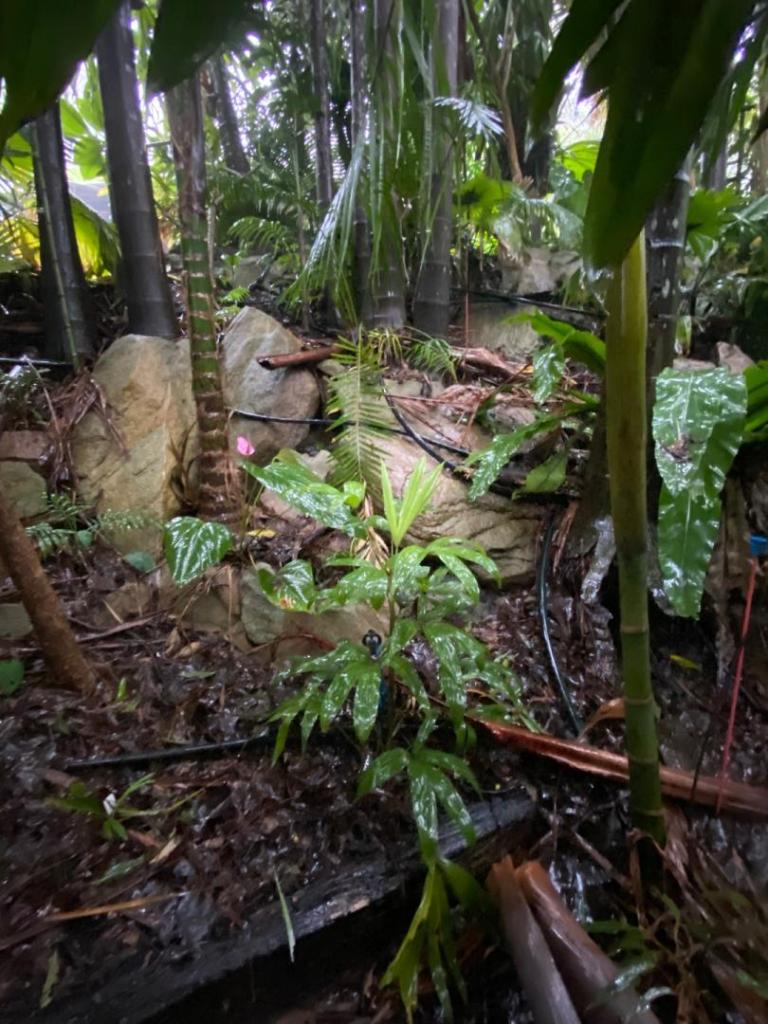


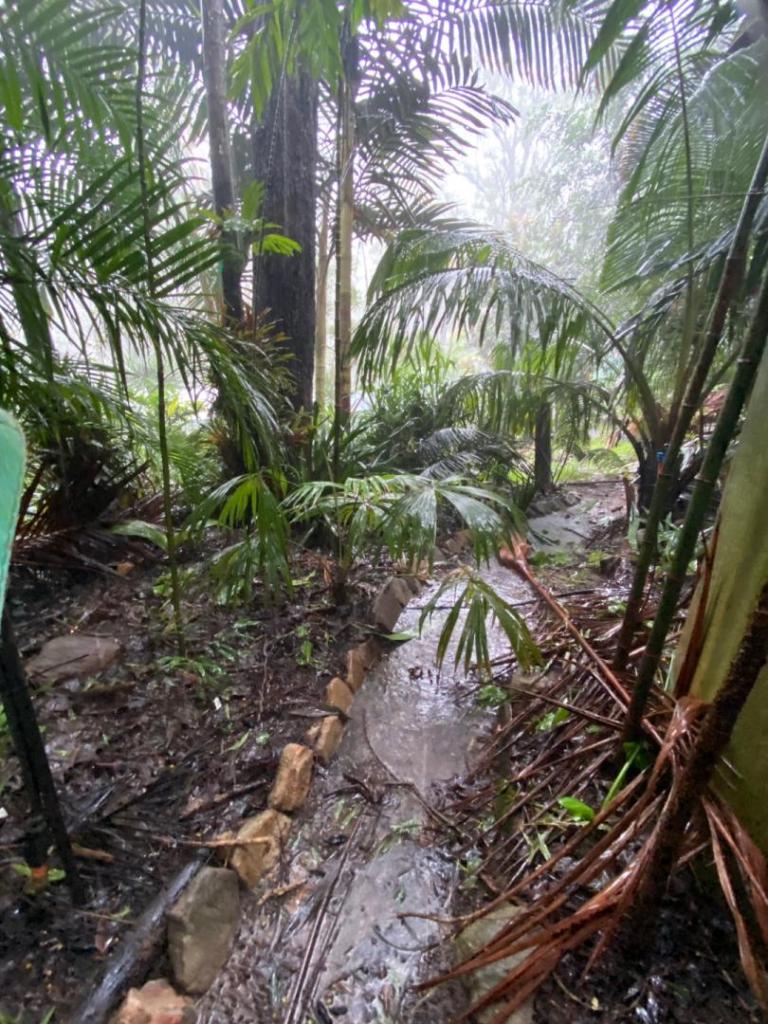
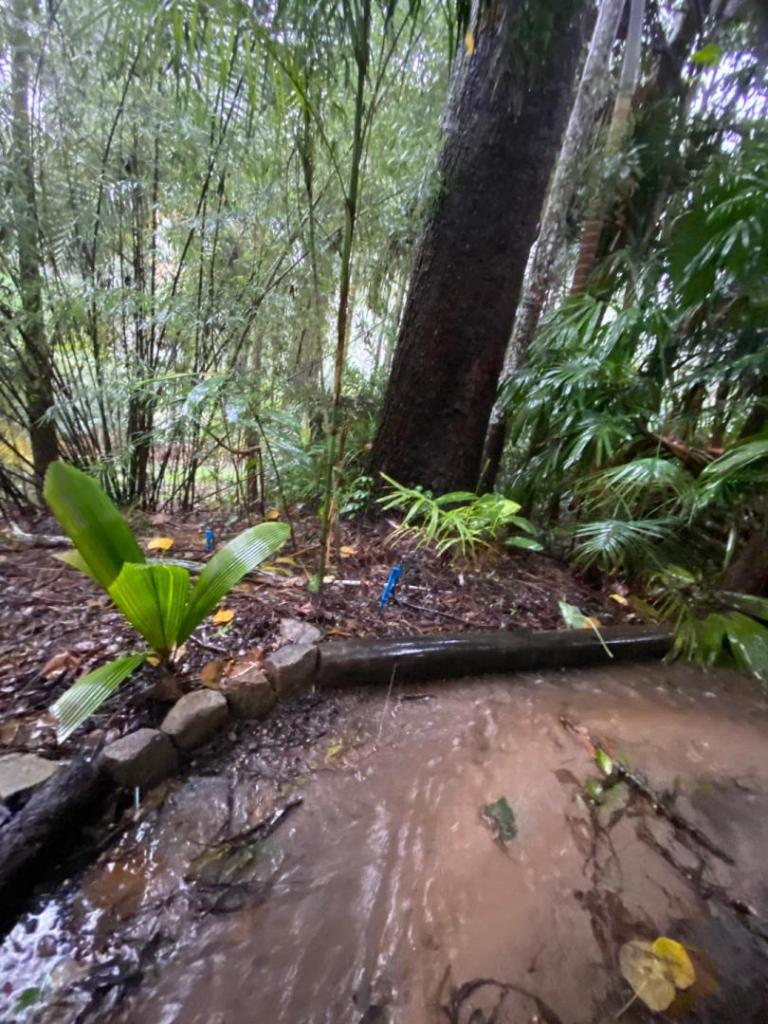

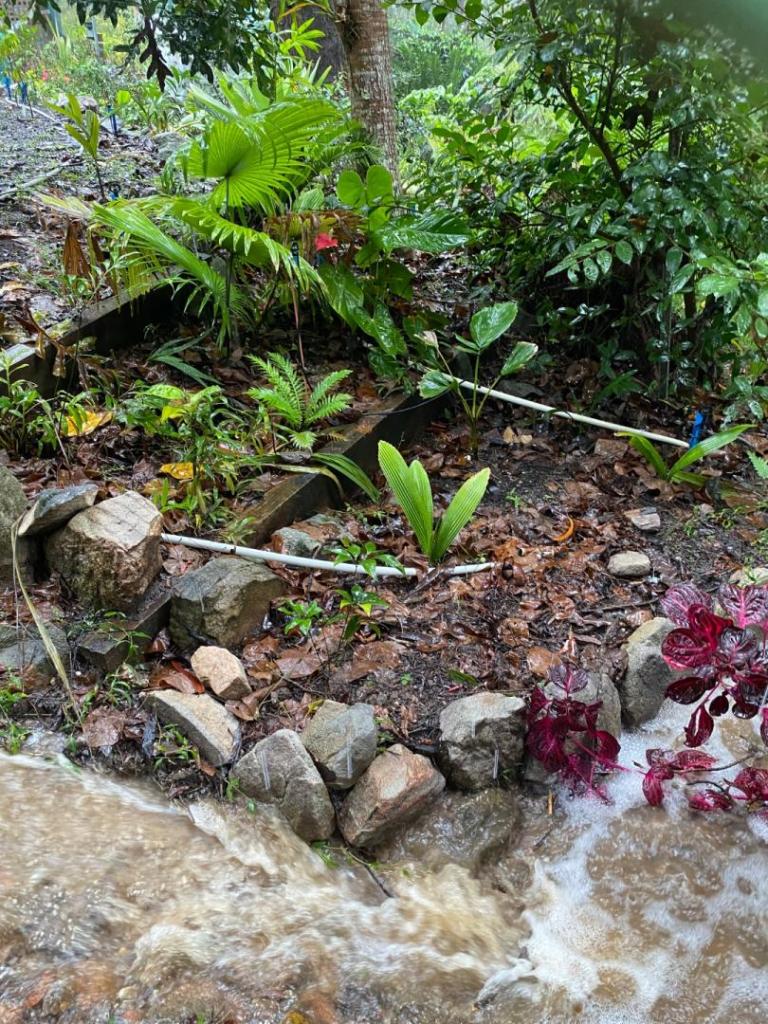



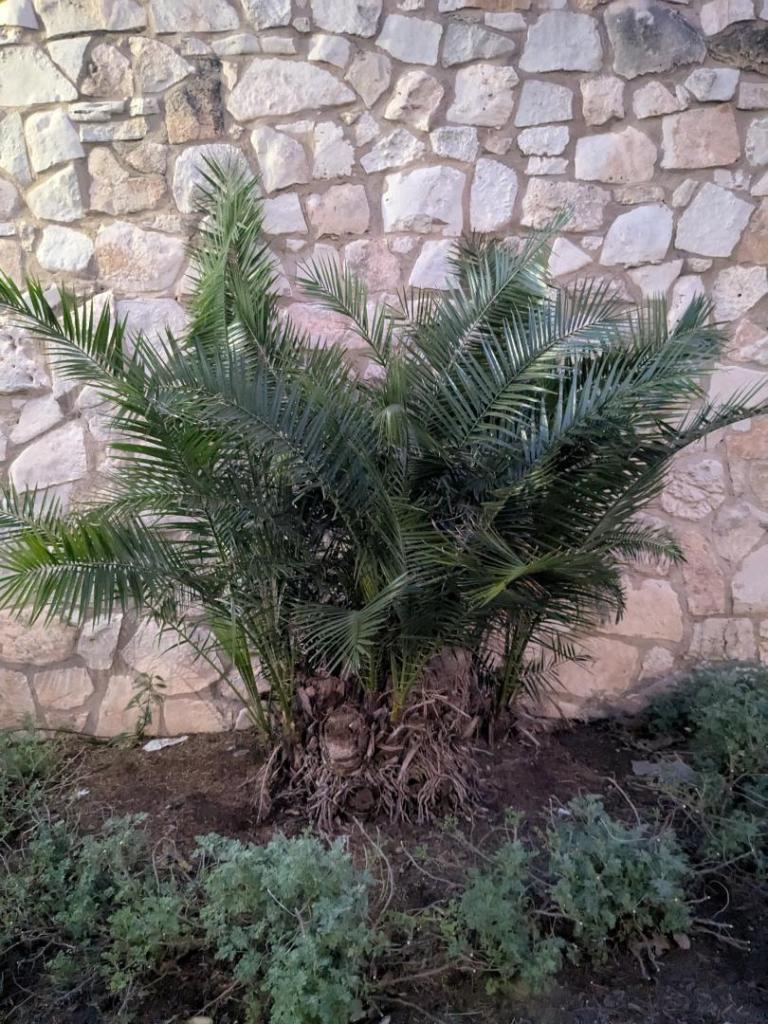
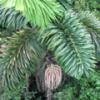




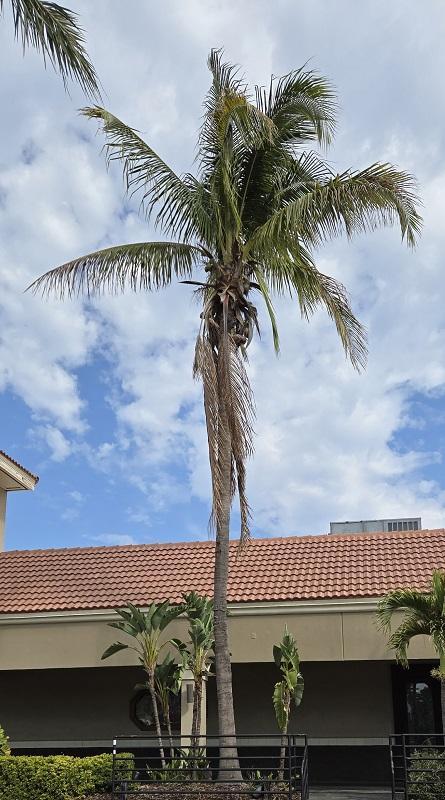
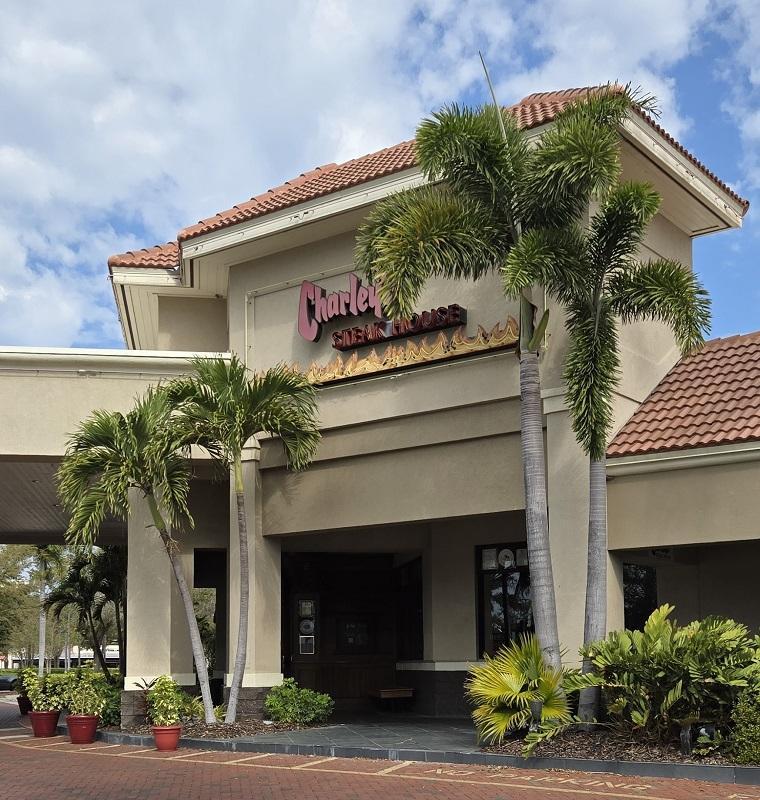
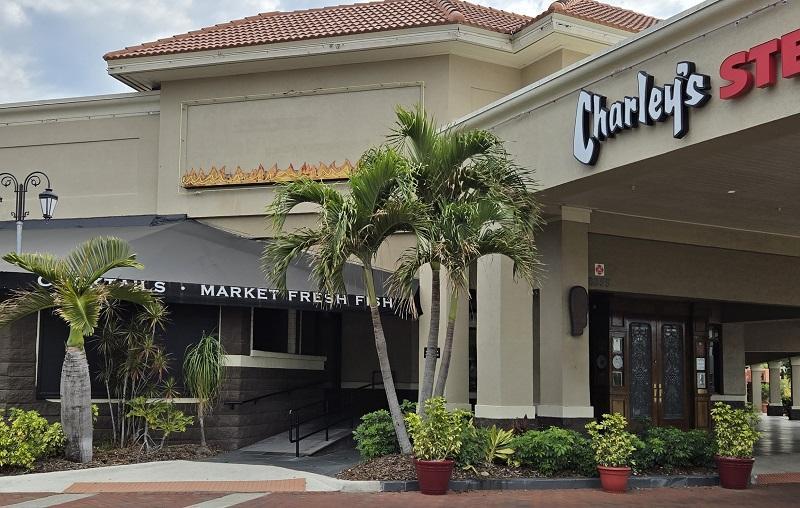




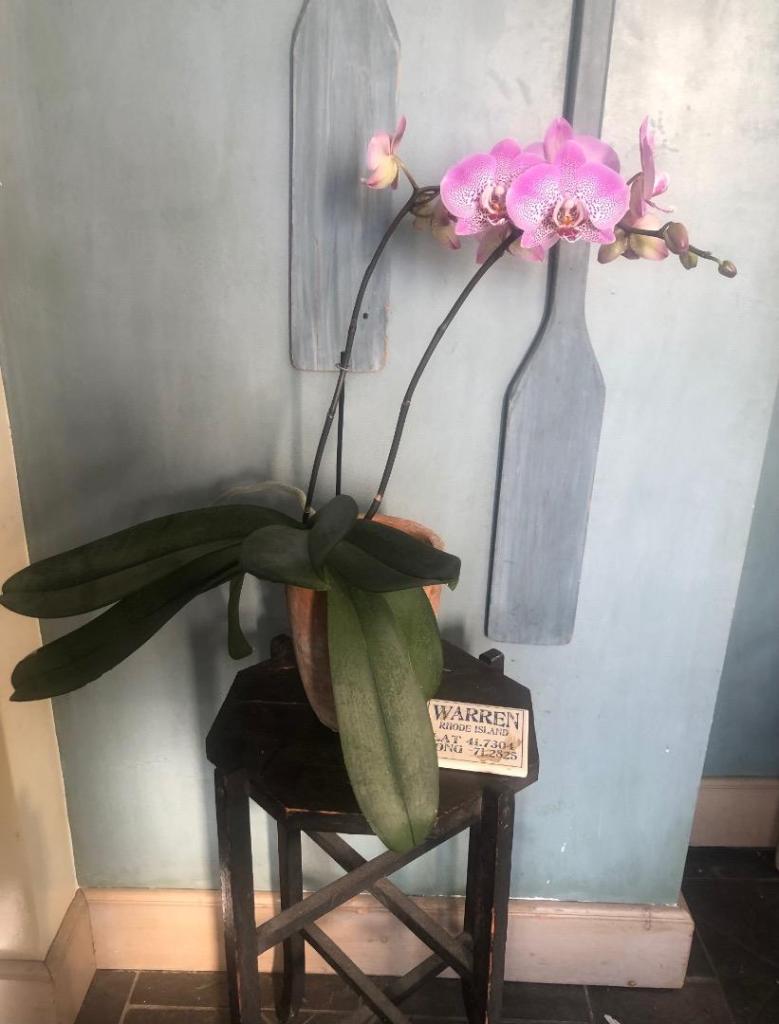

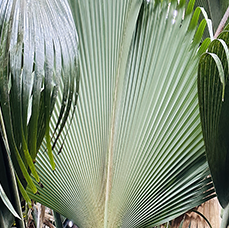


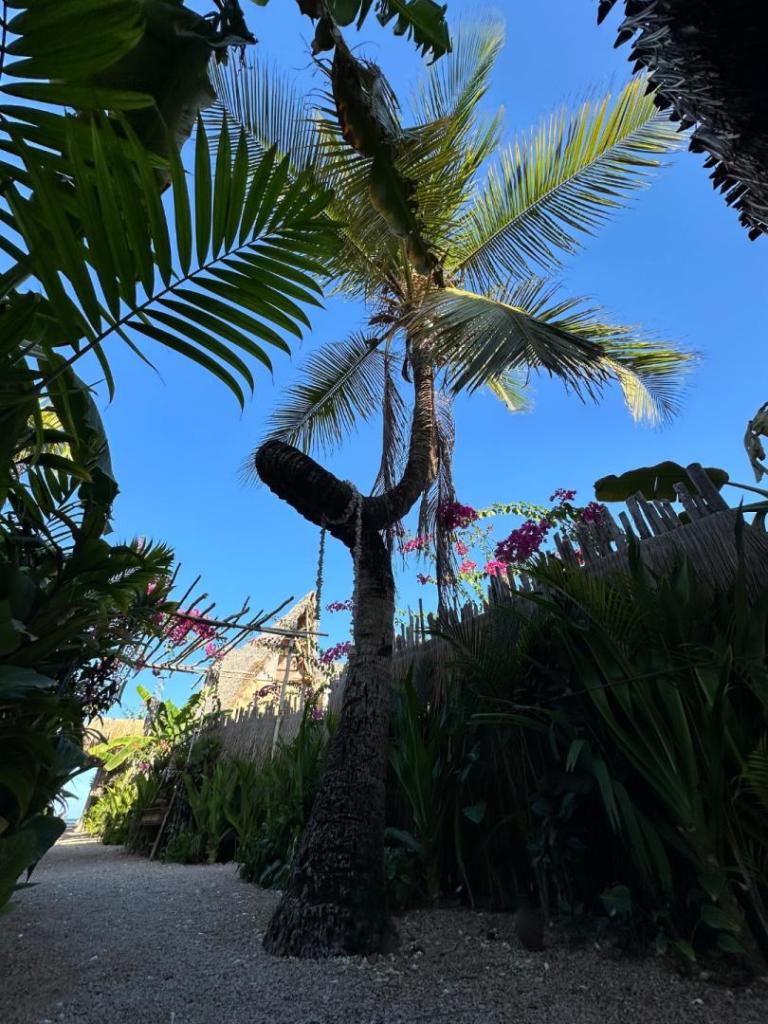
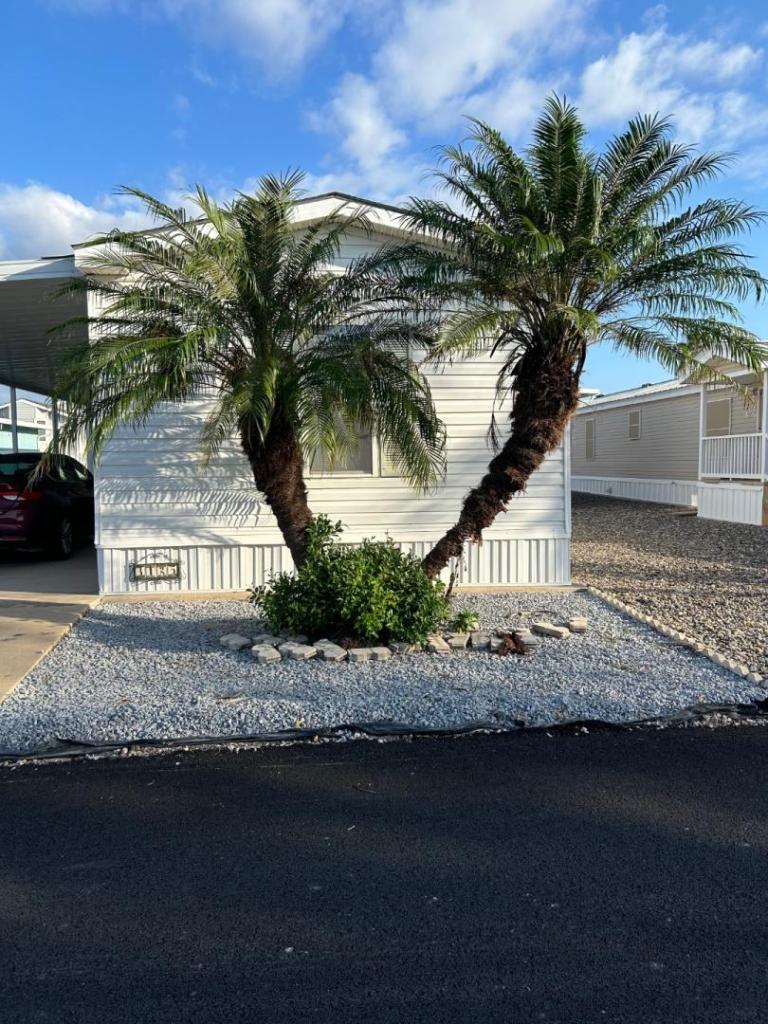
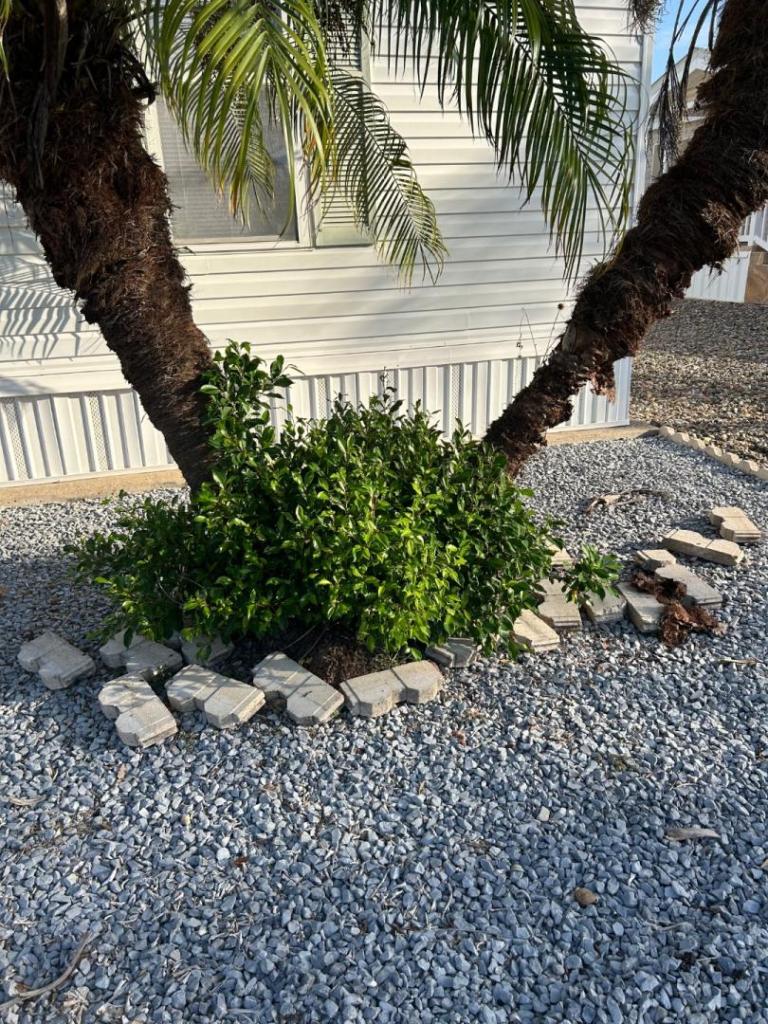

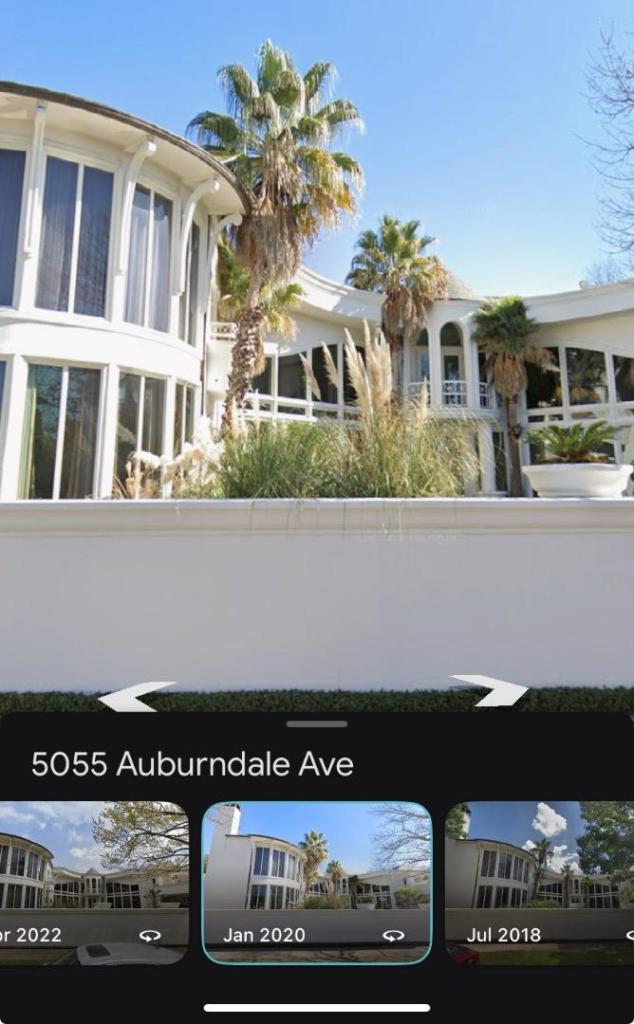




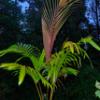



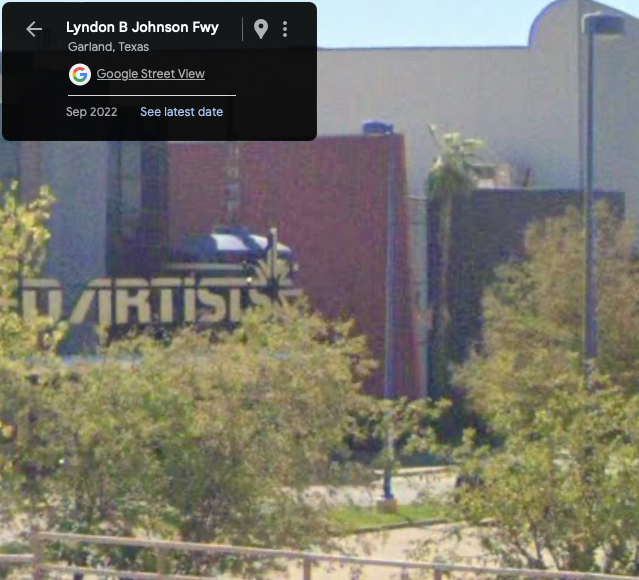
.thumb.jpg.b09c672f4bfc172294d94e38f2b6015d.jpg)
